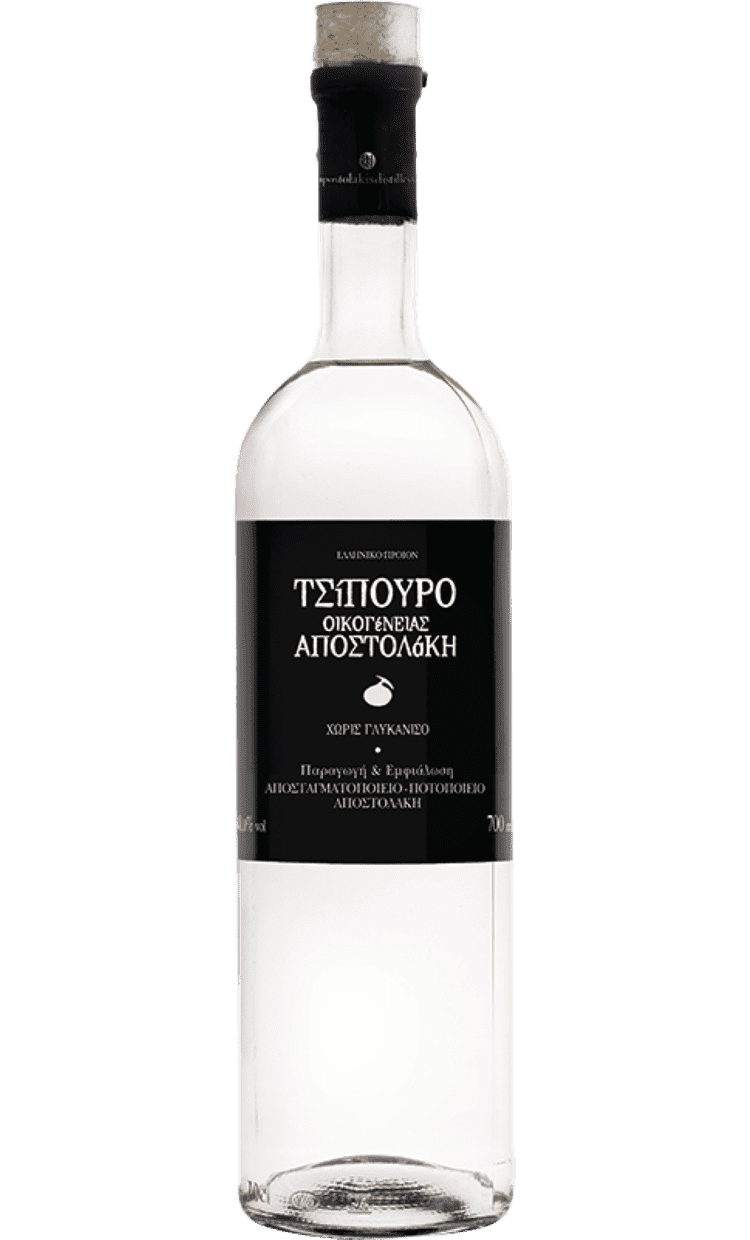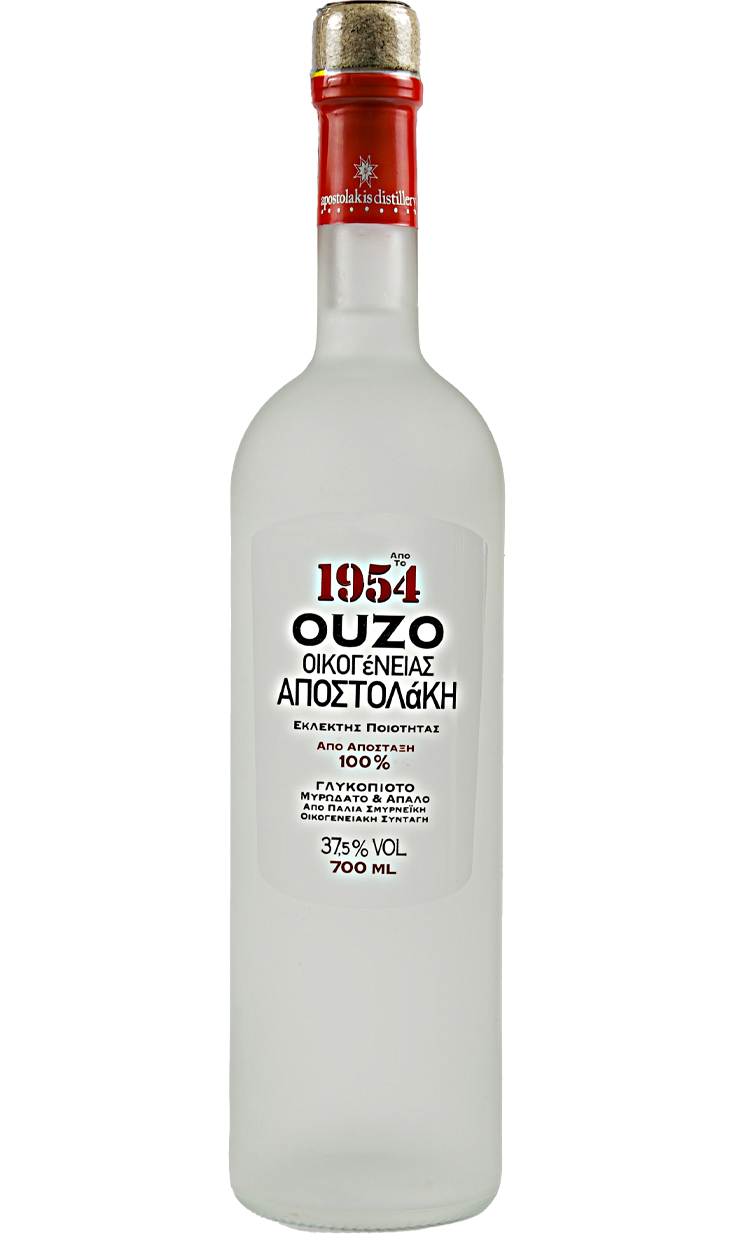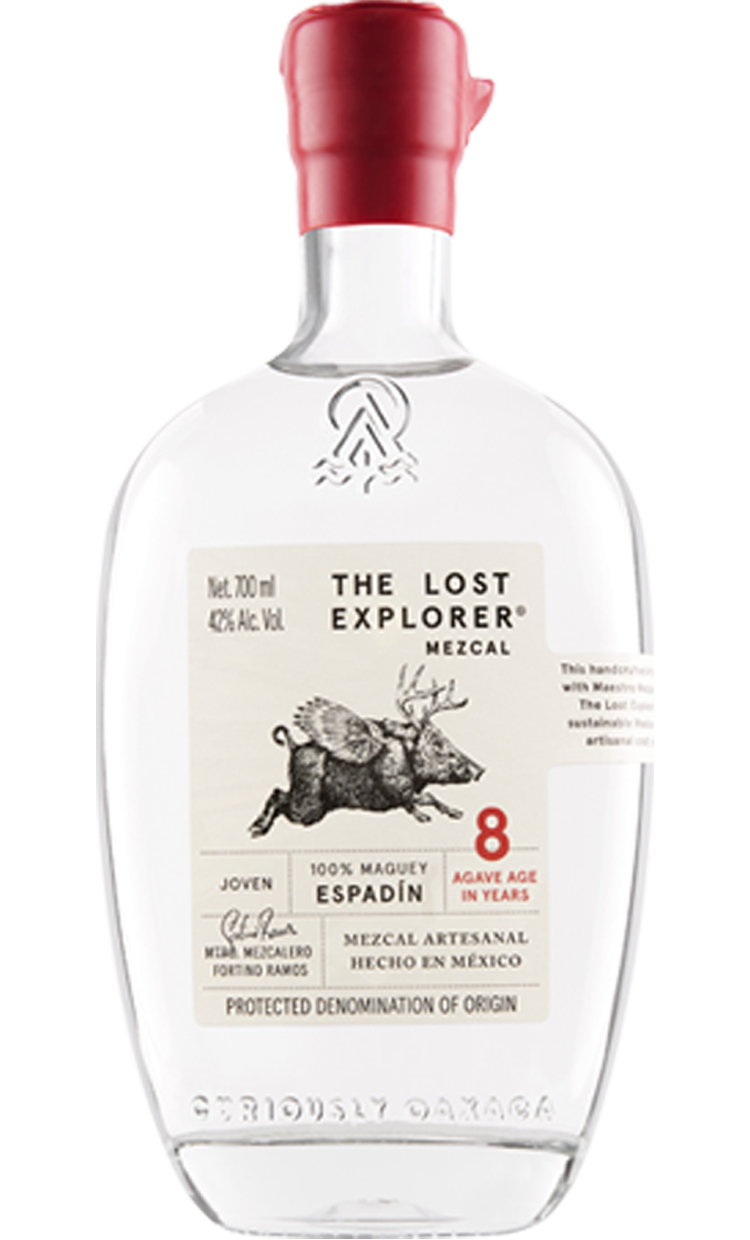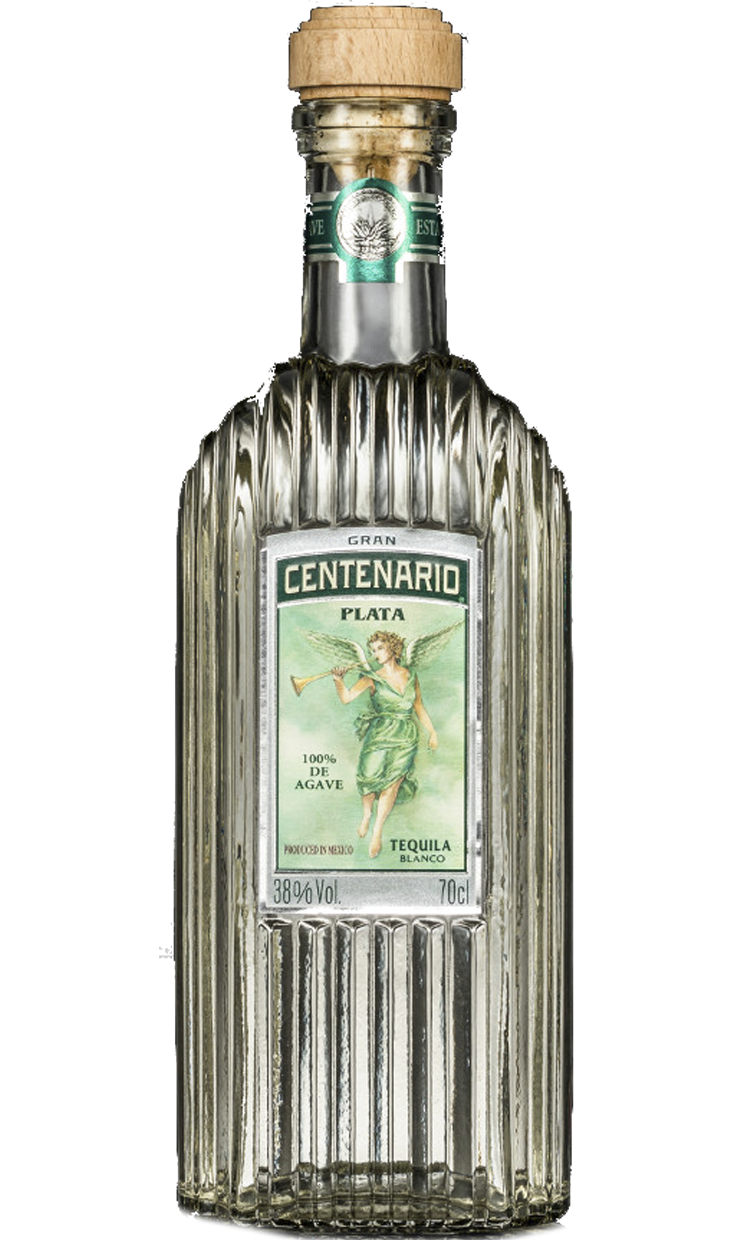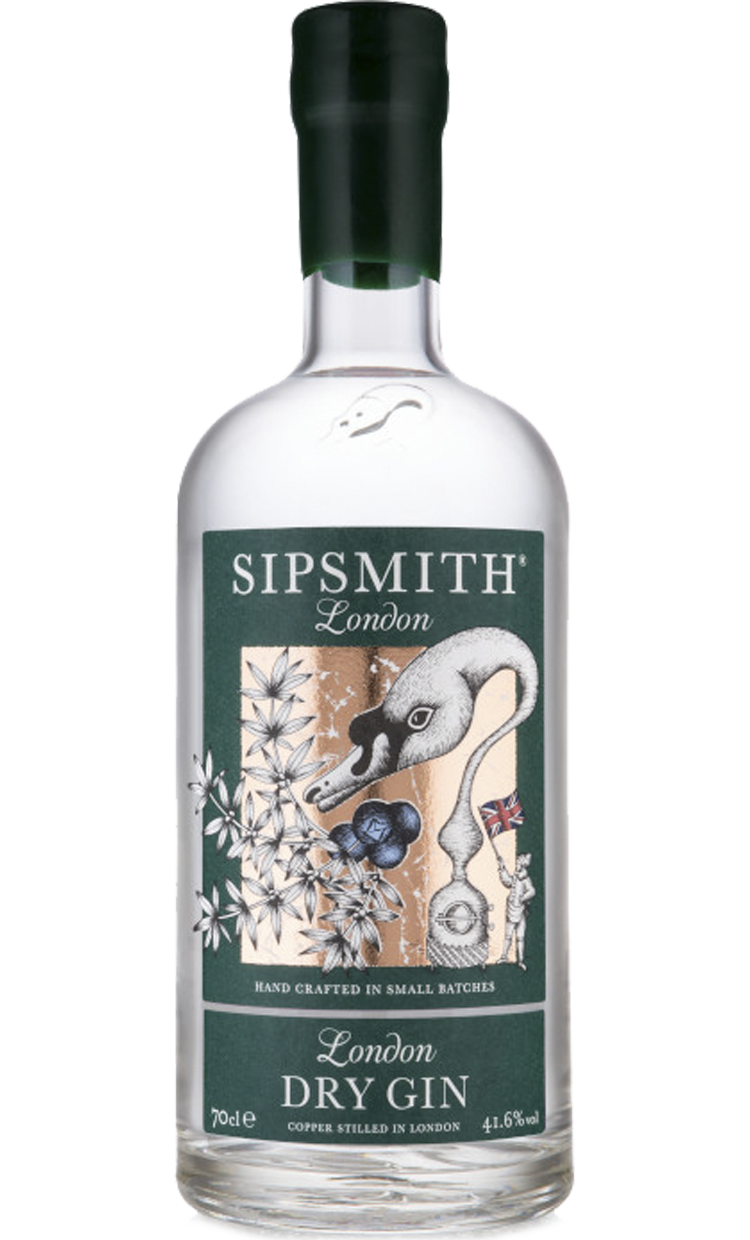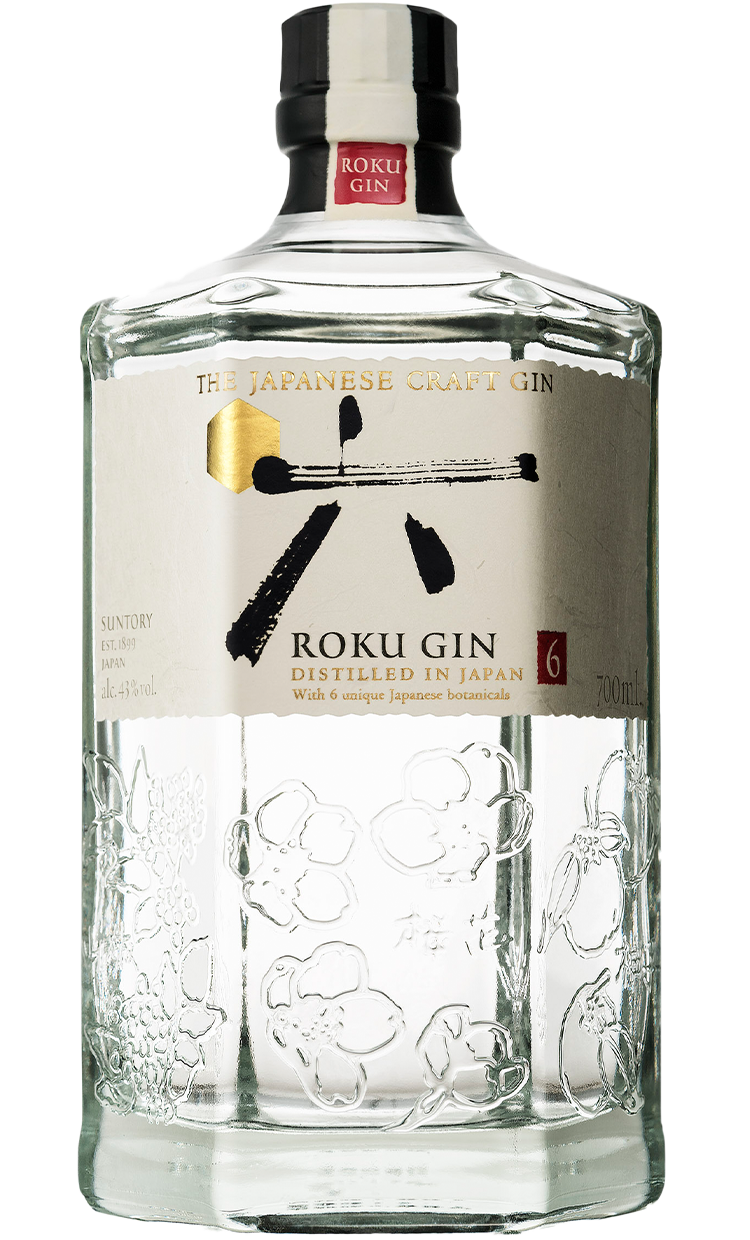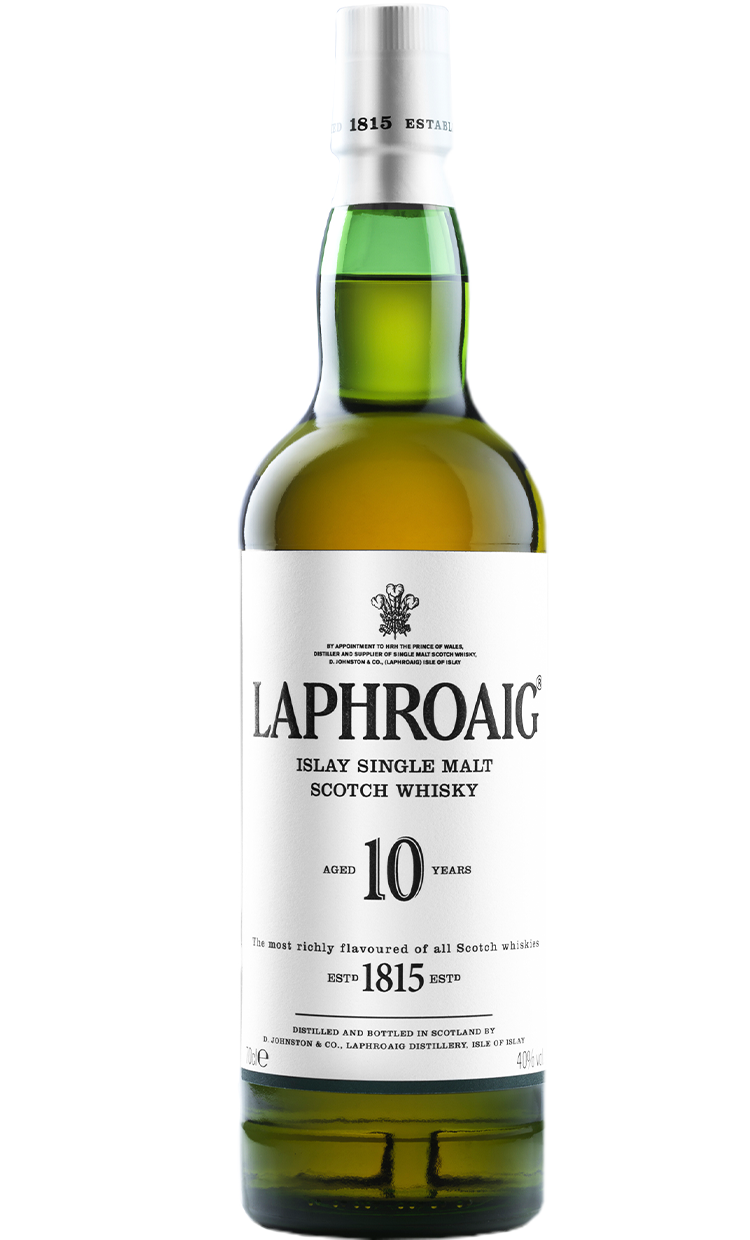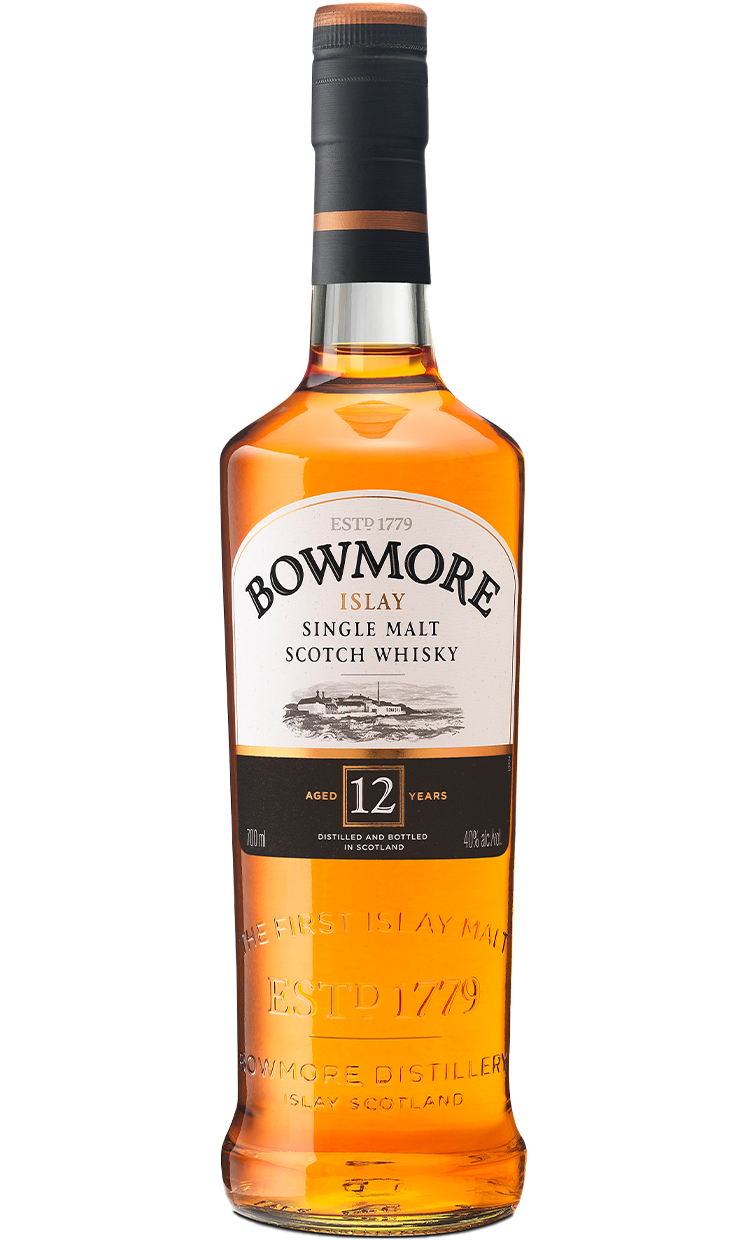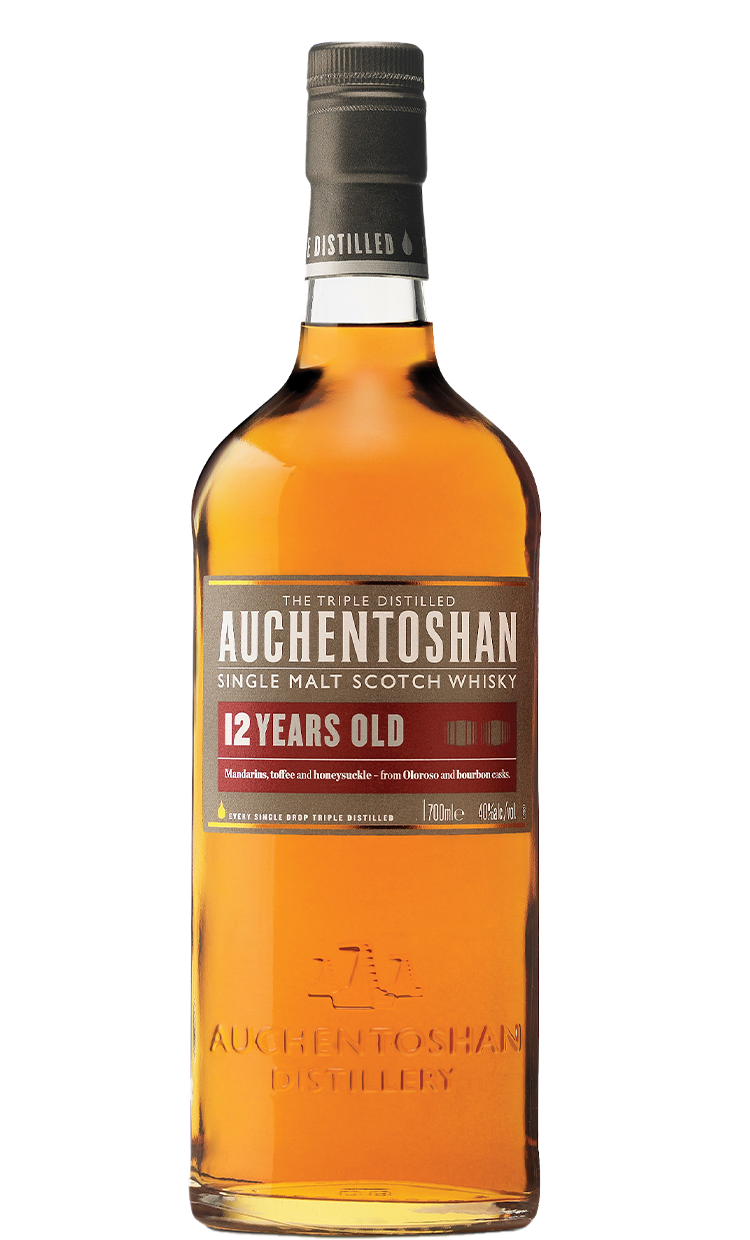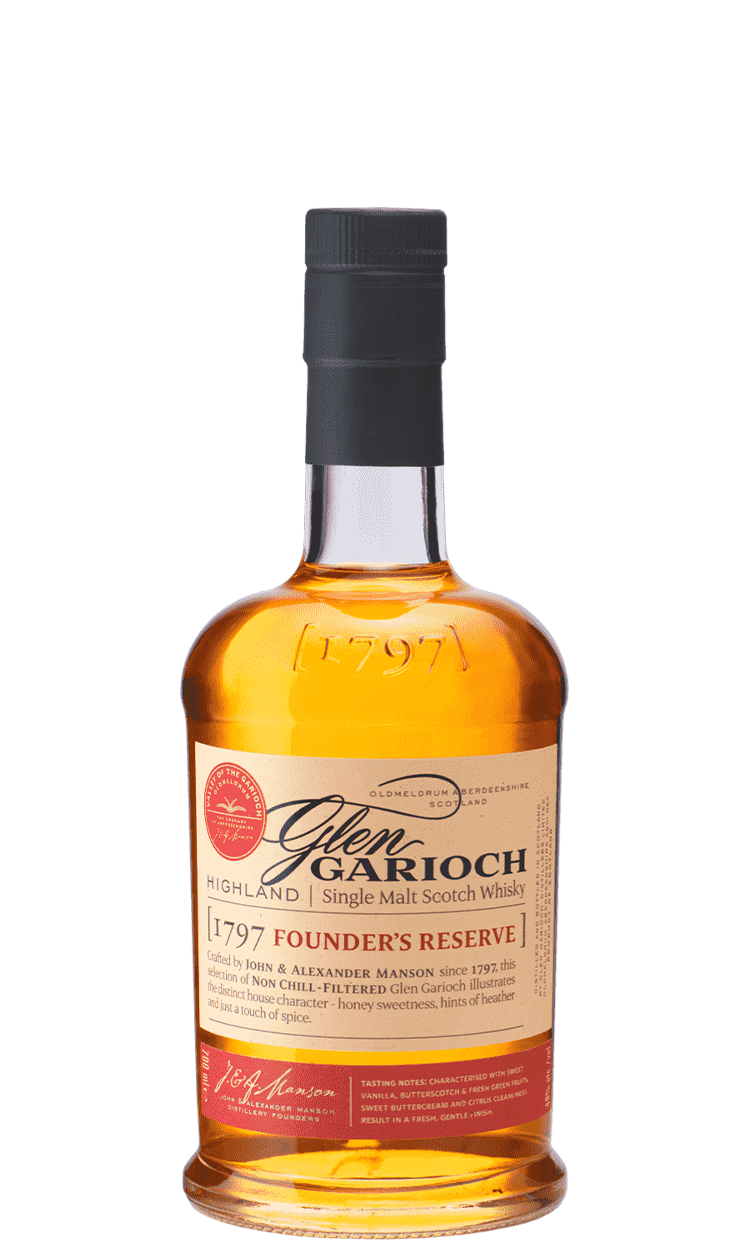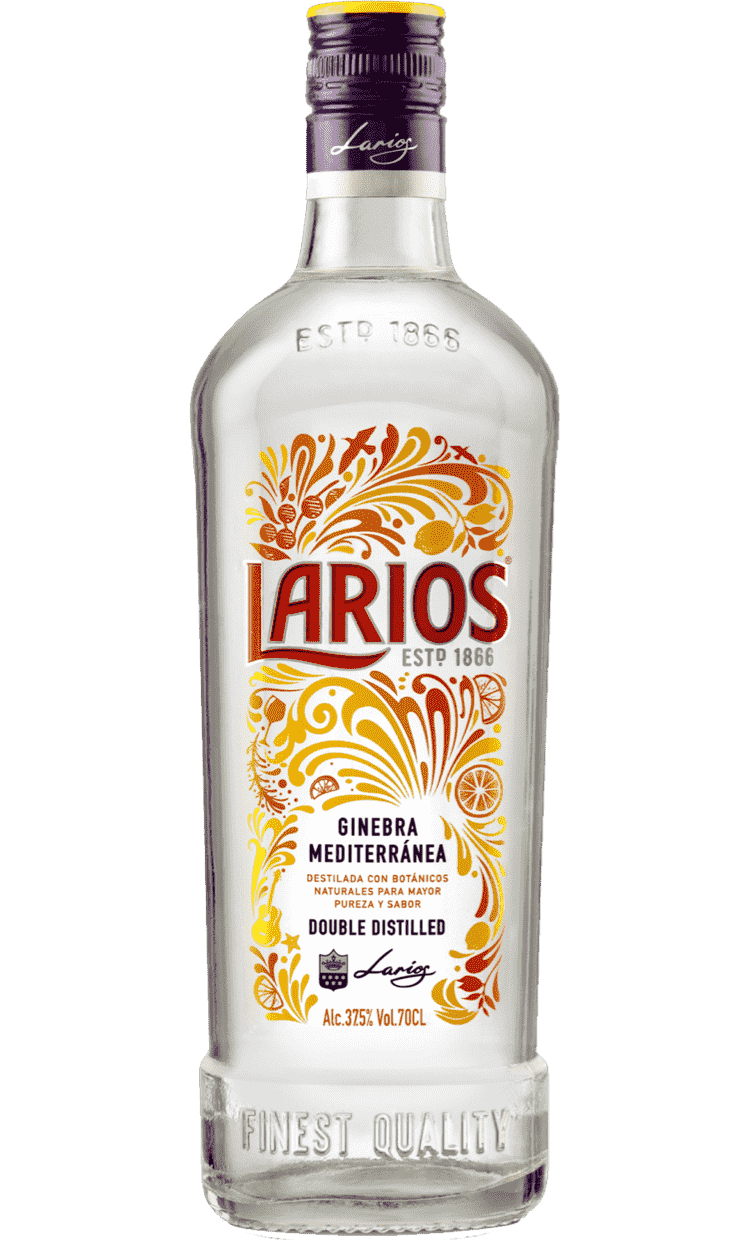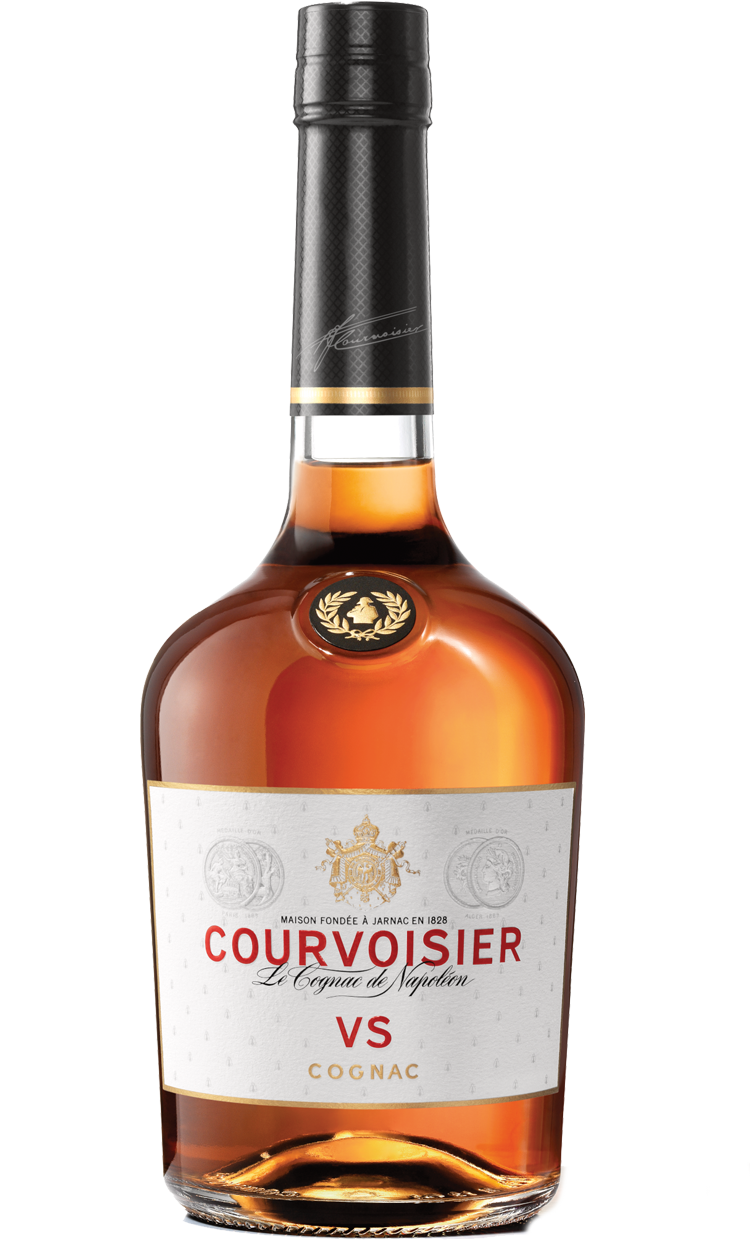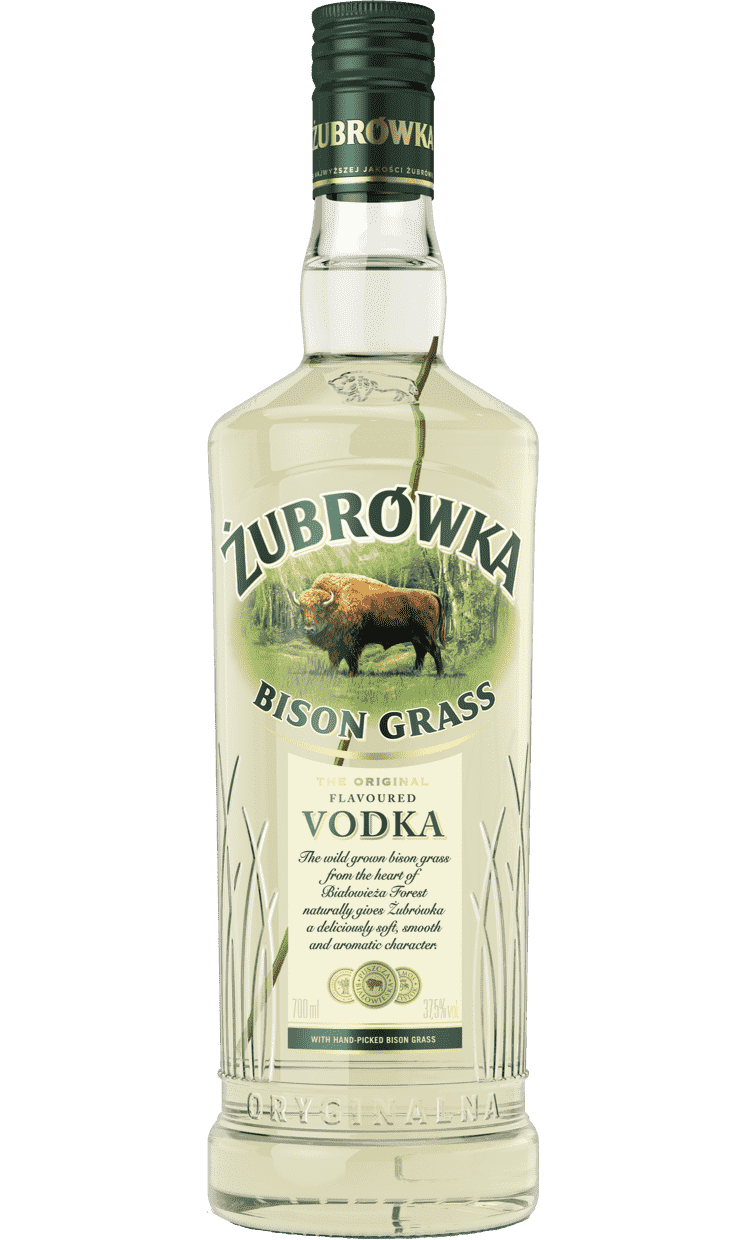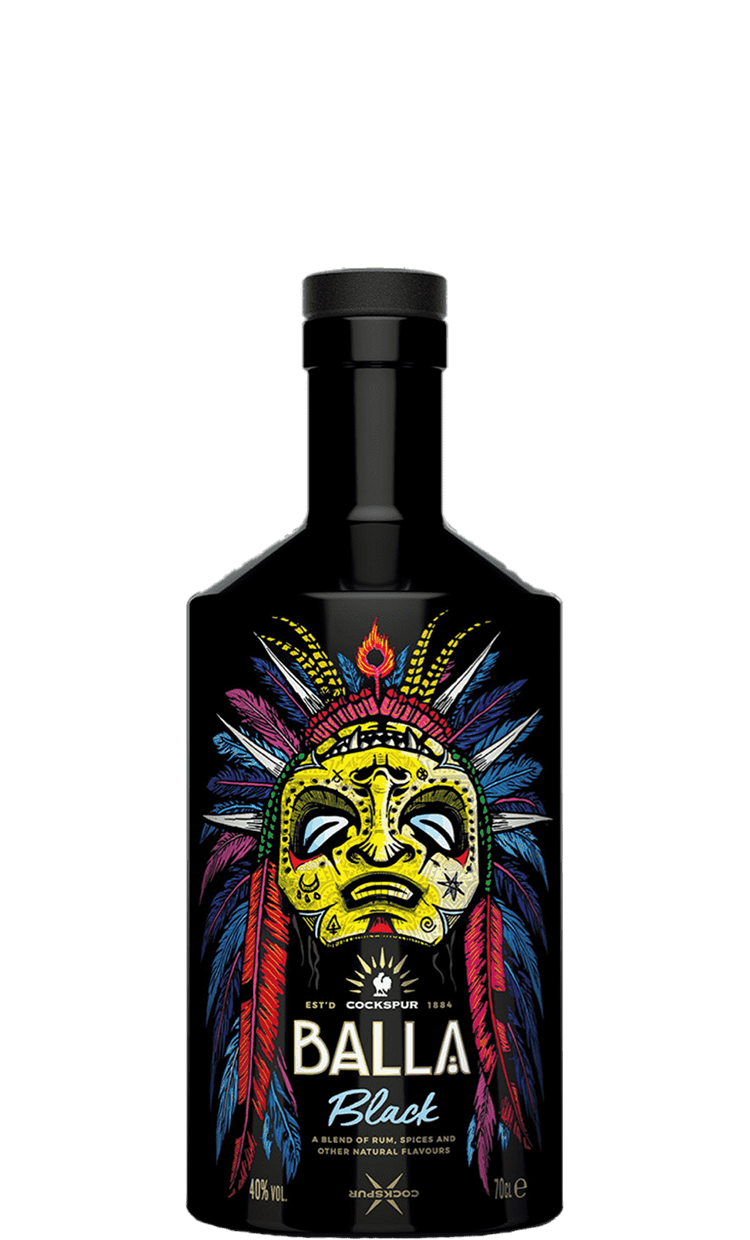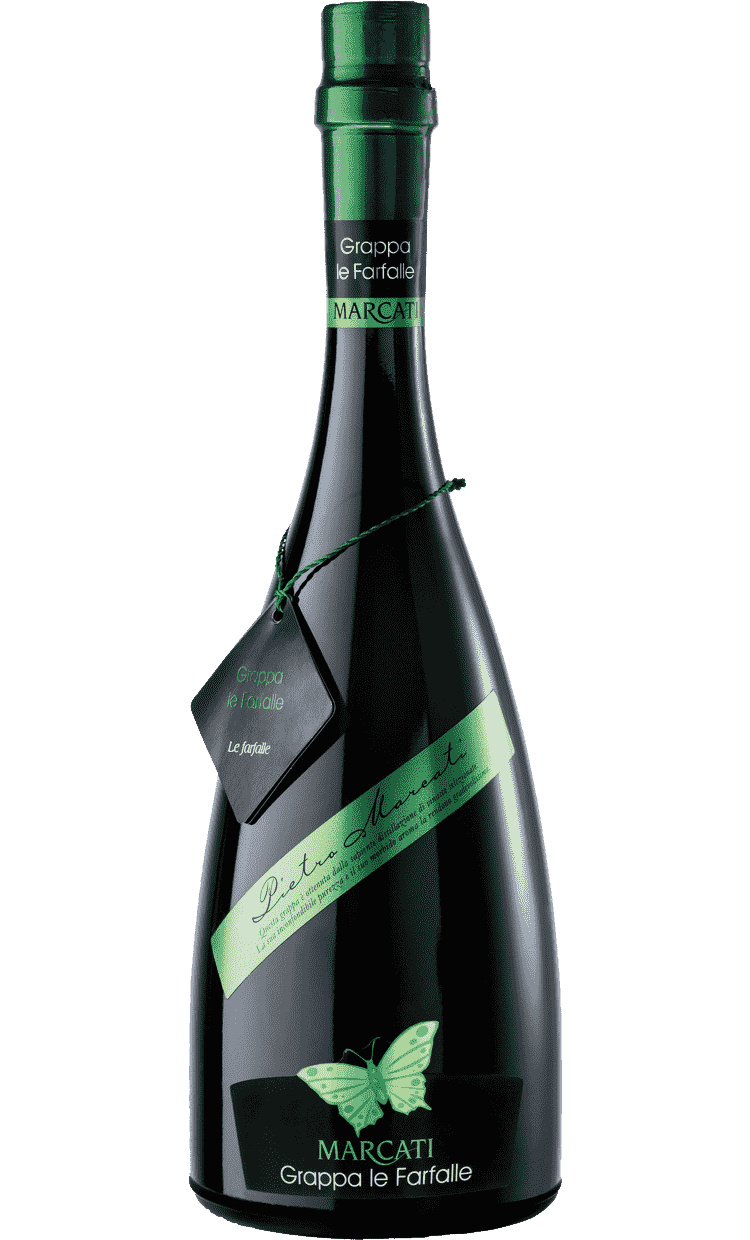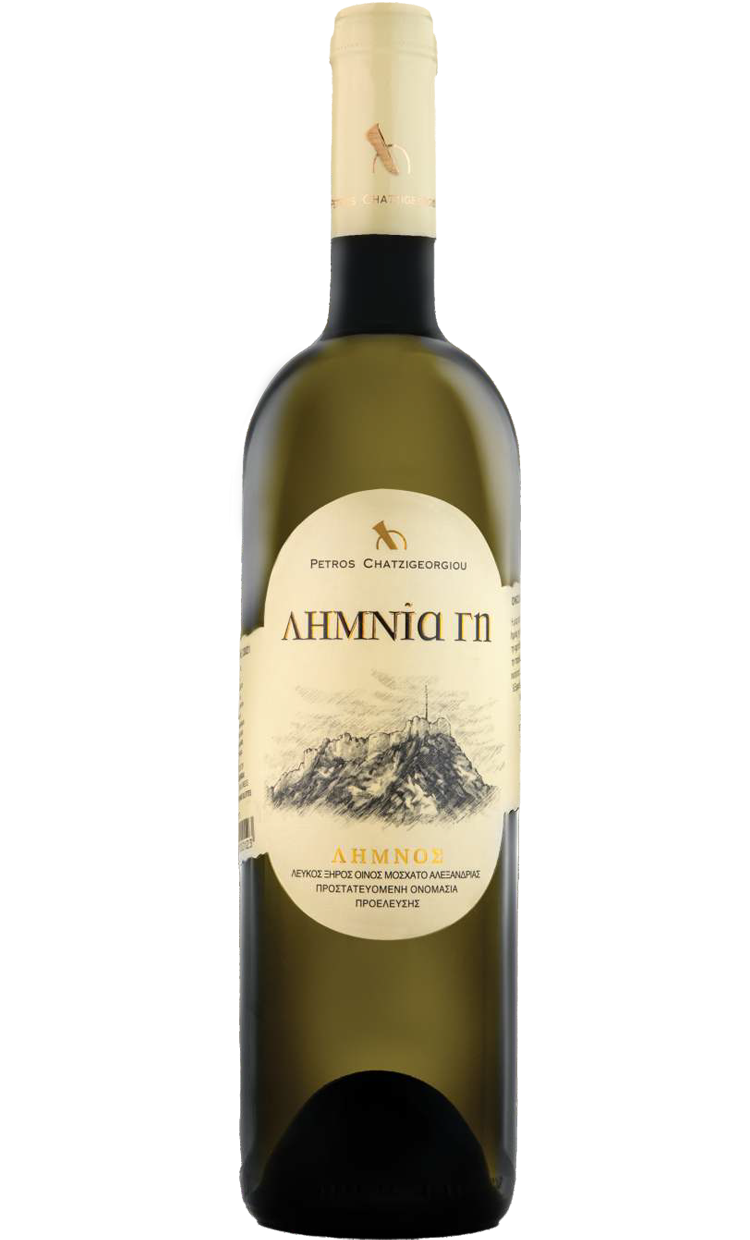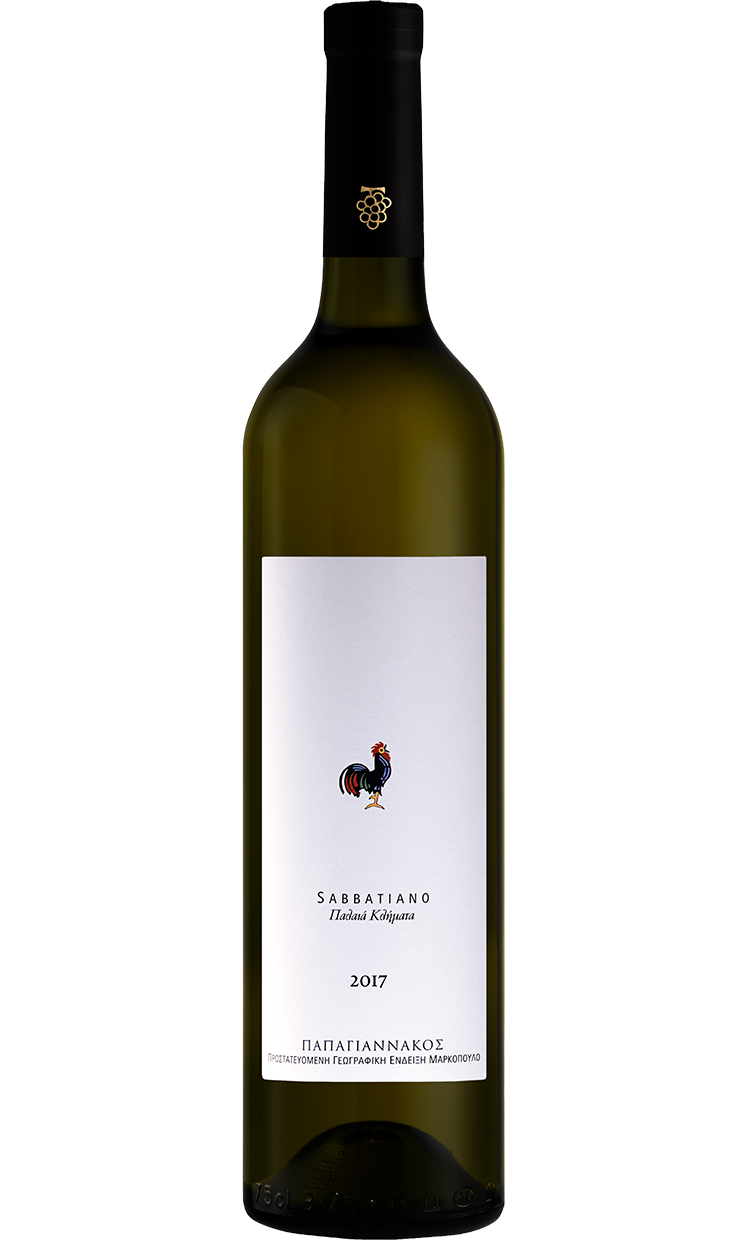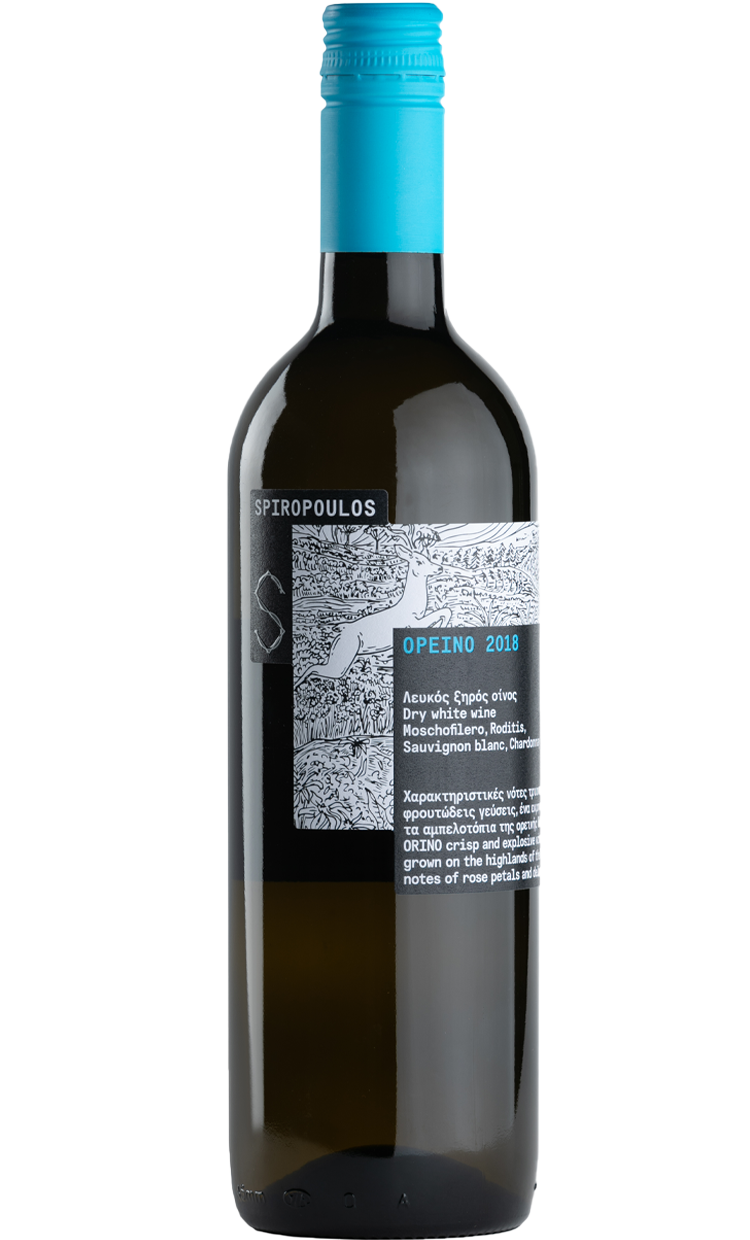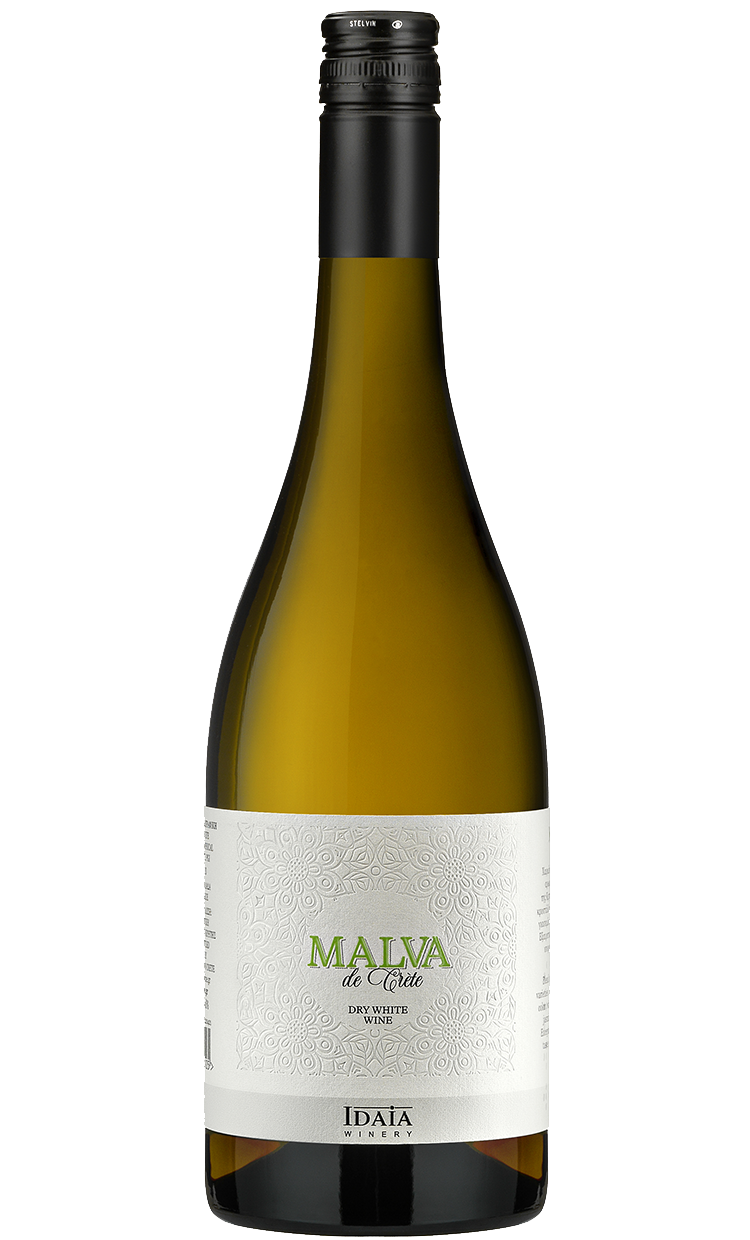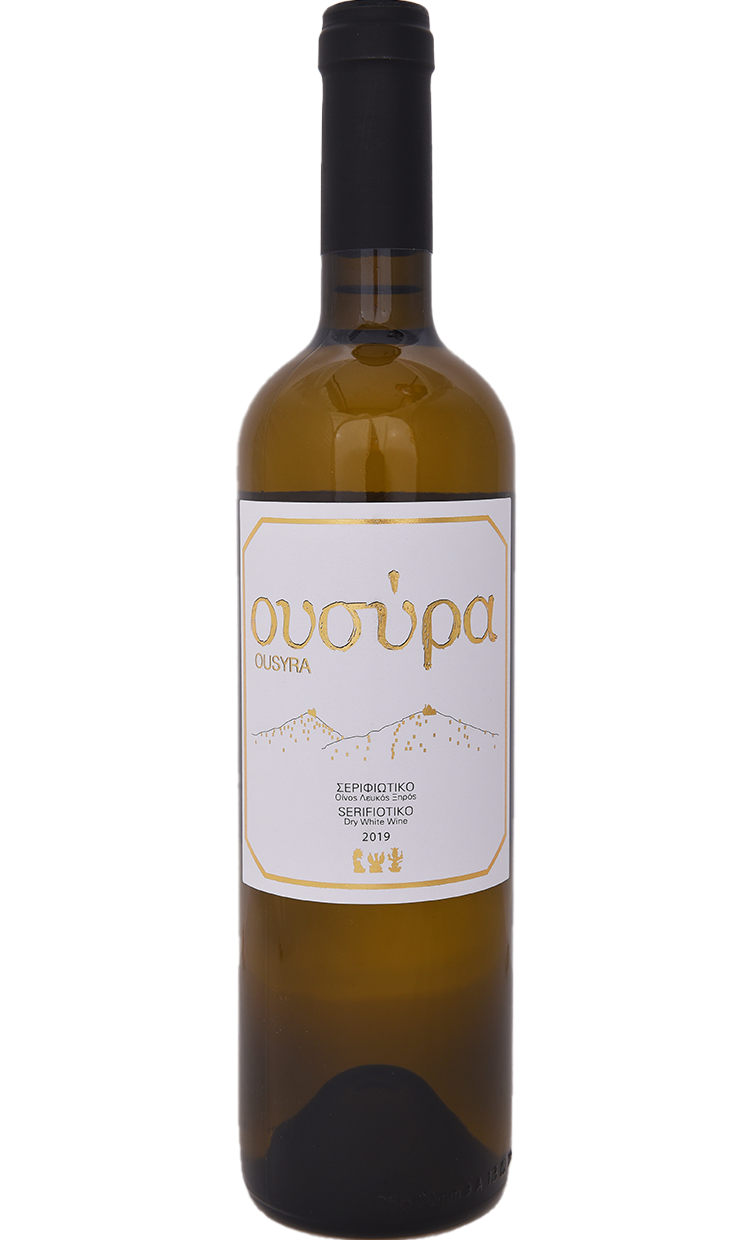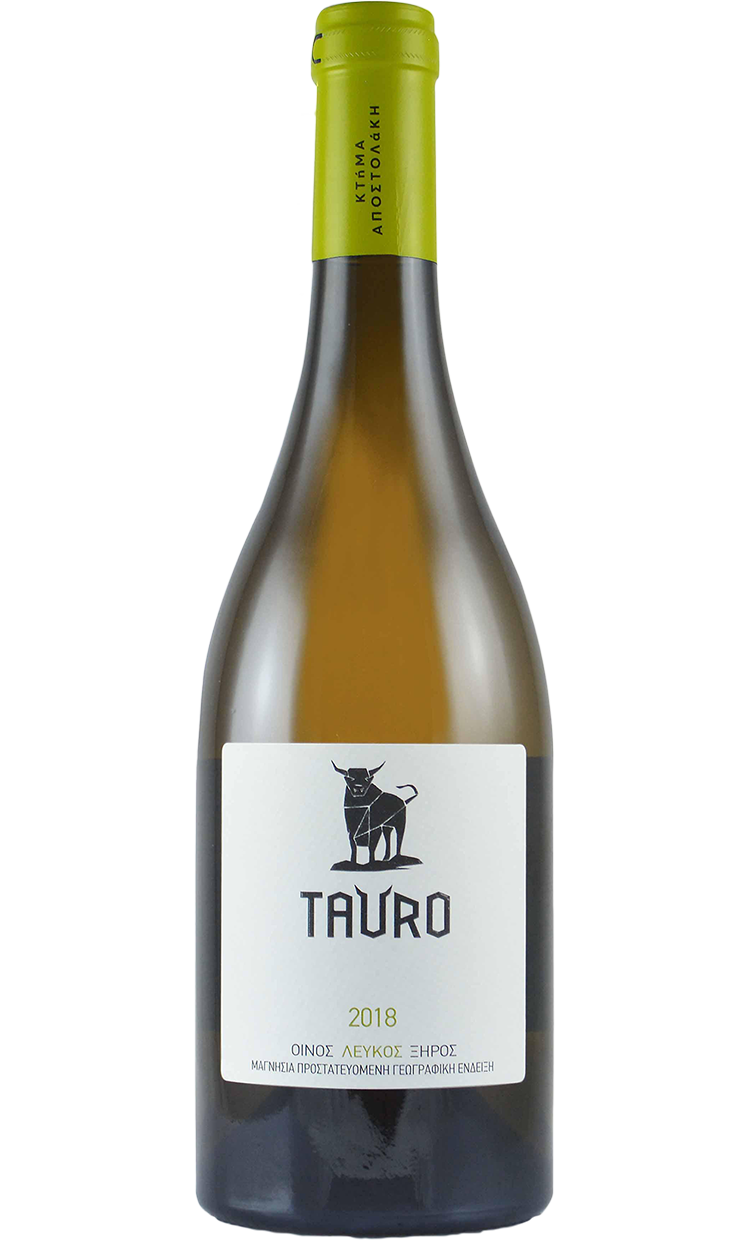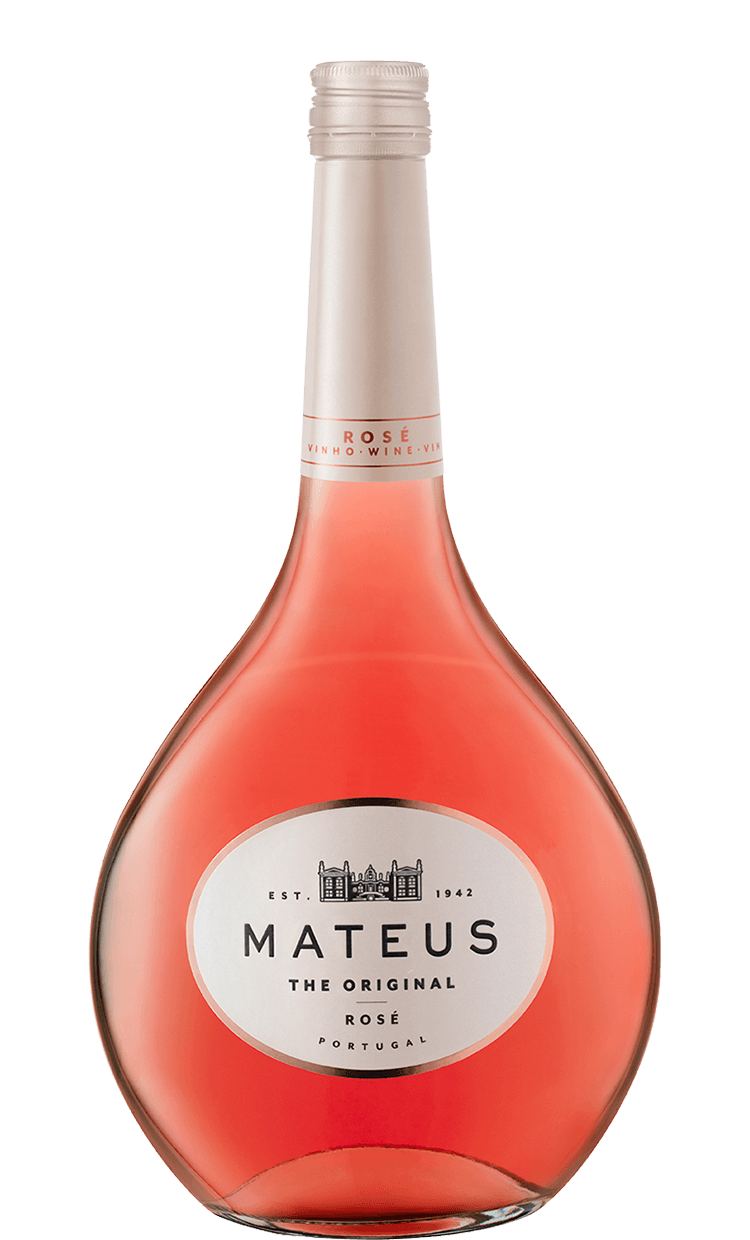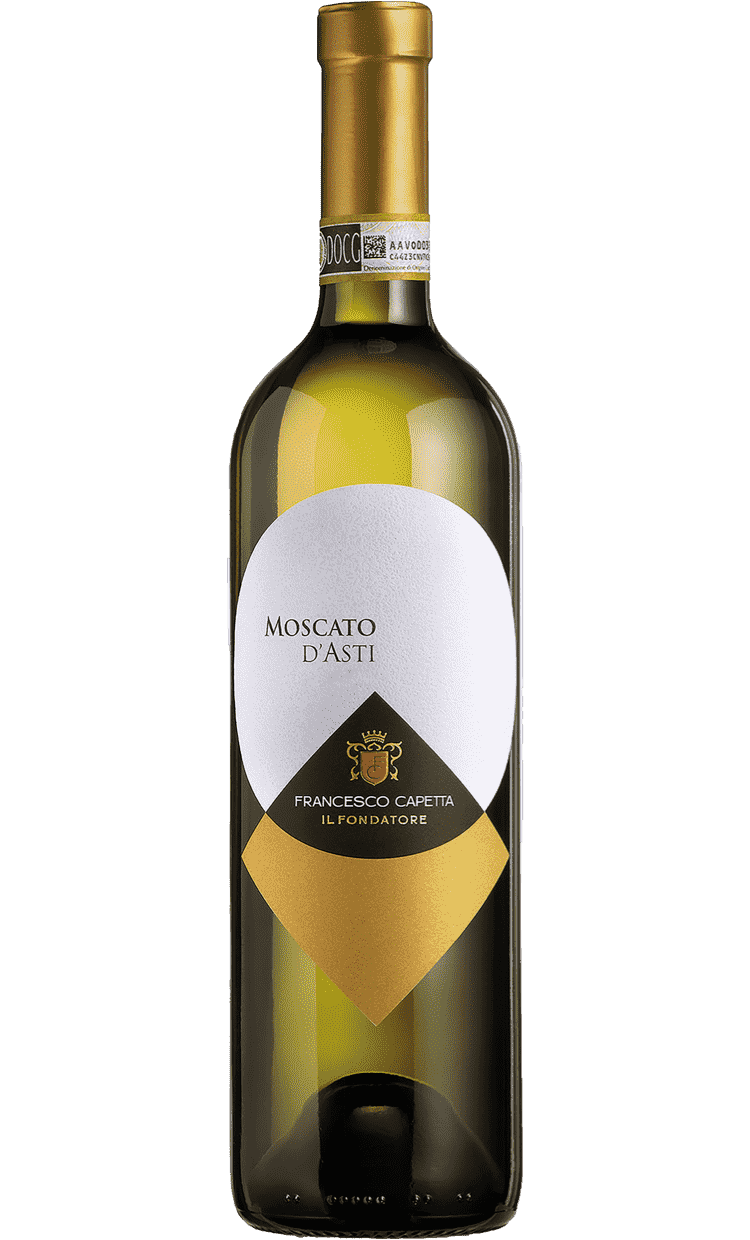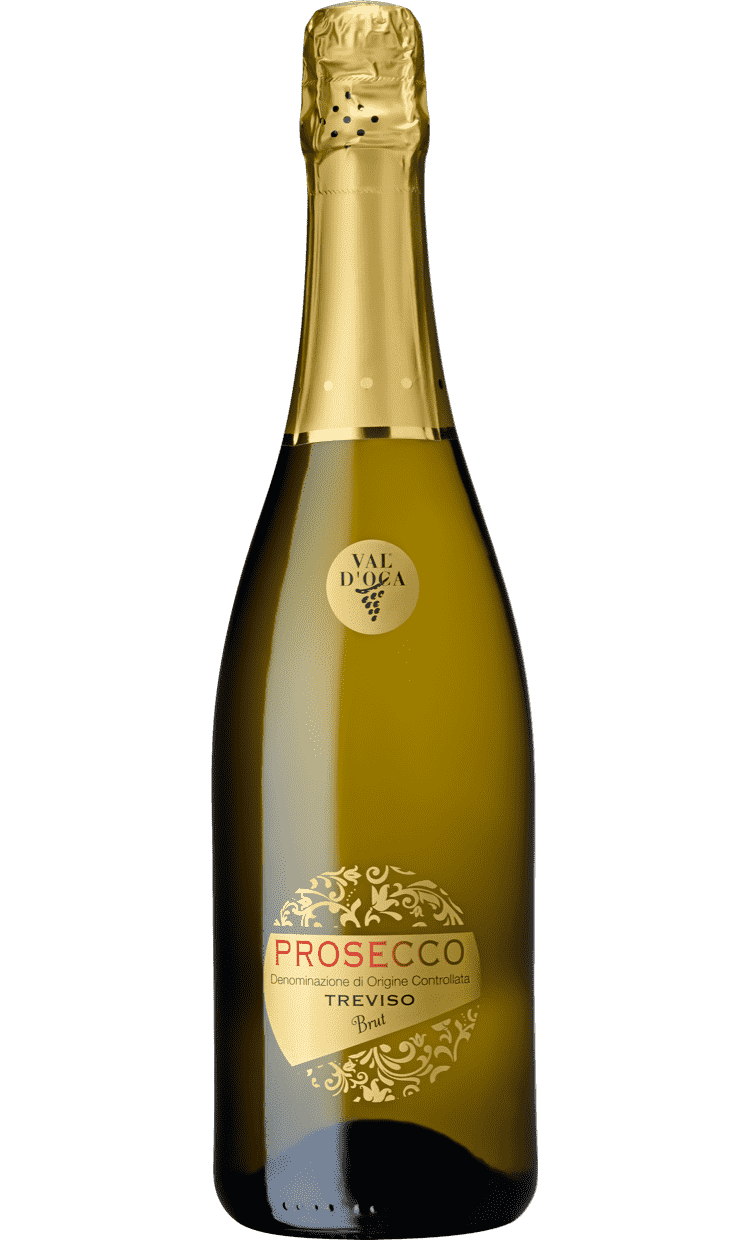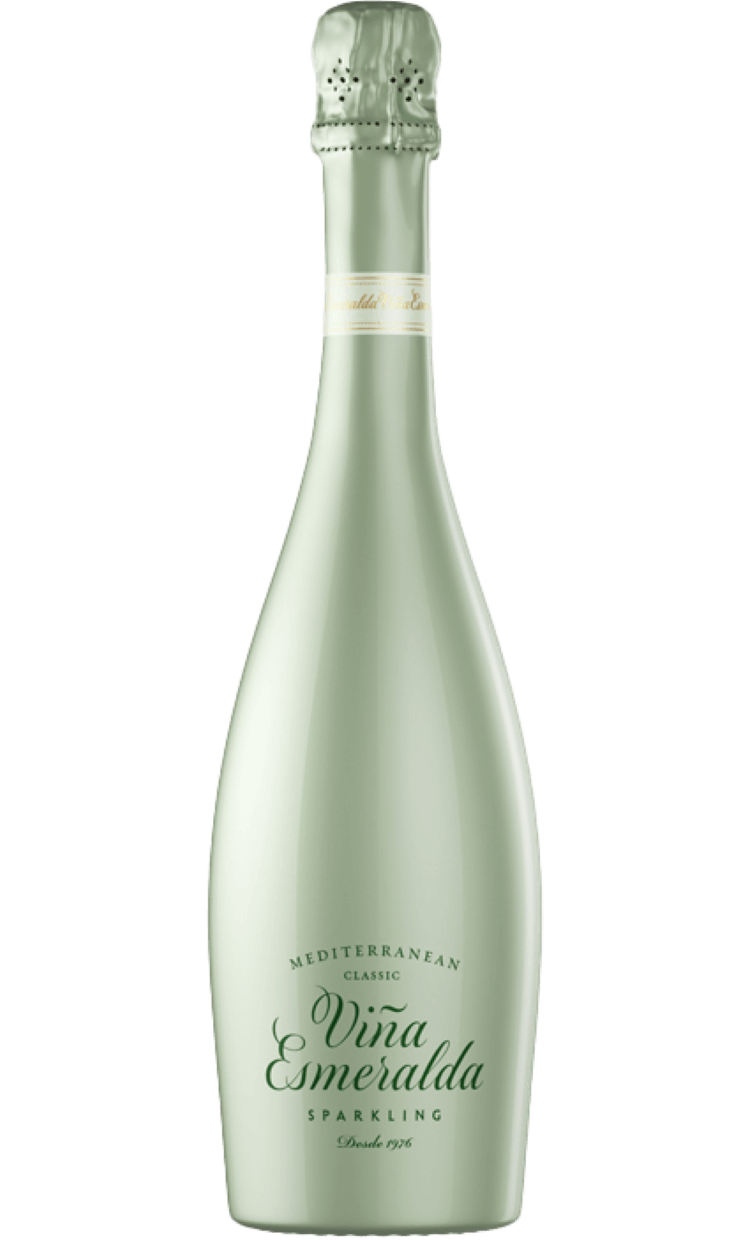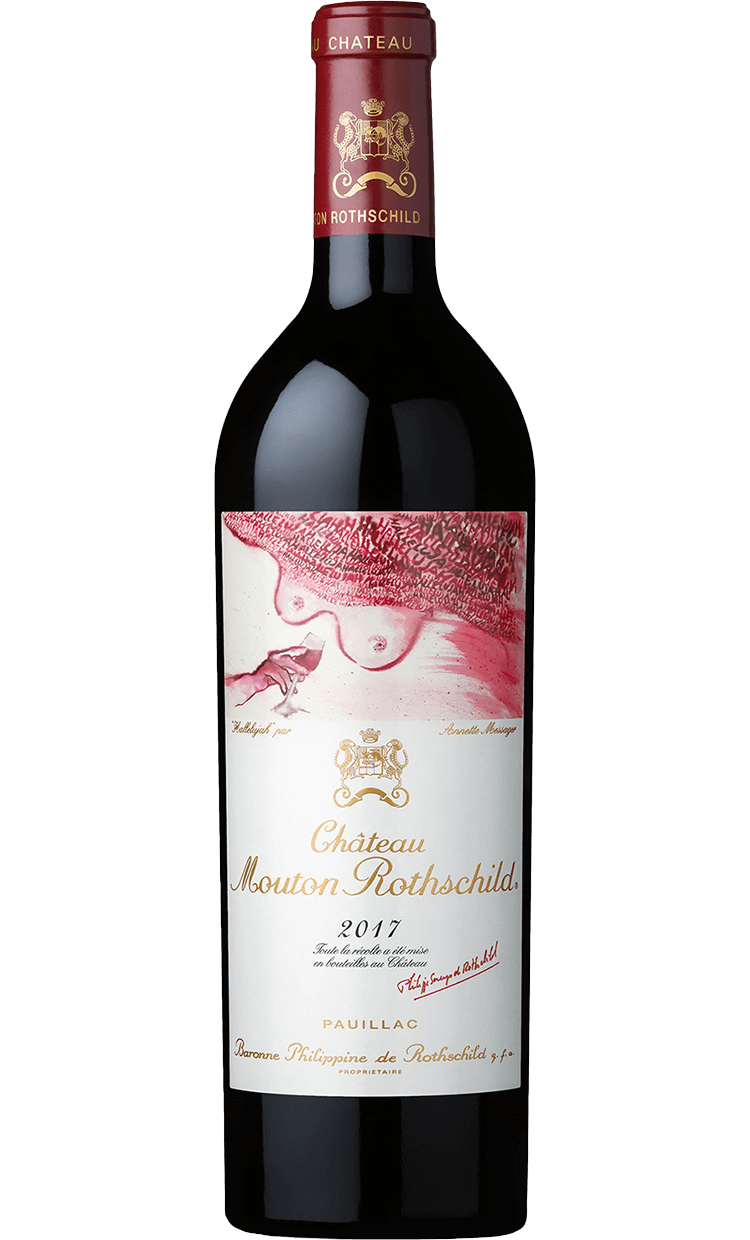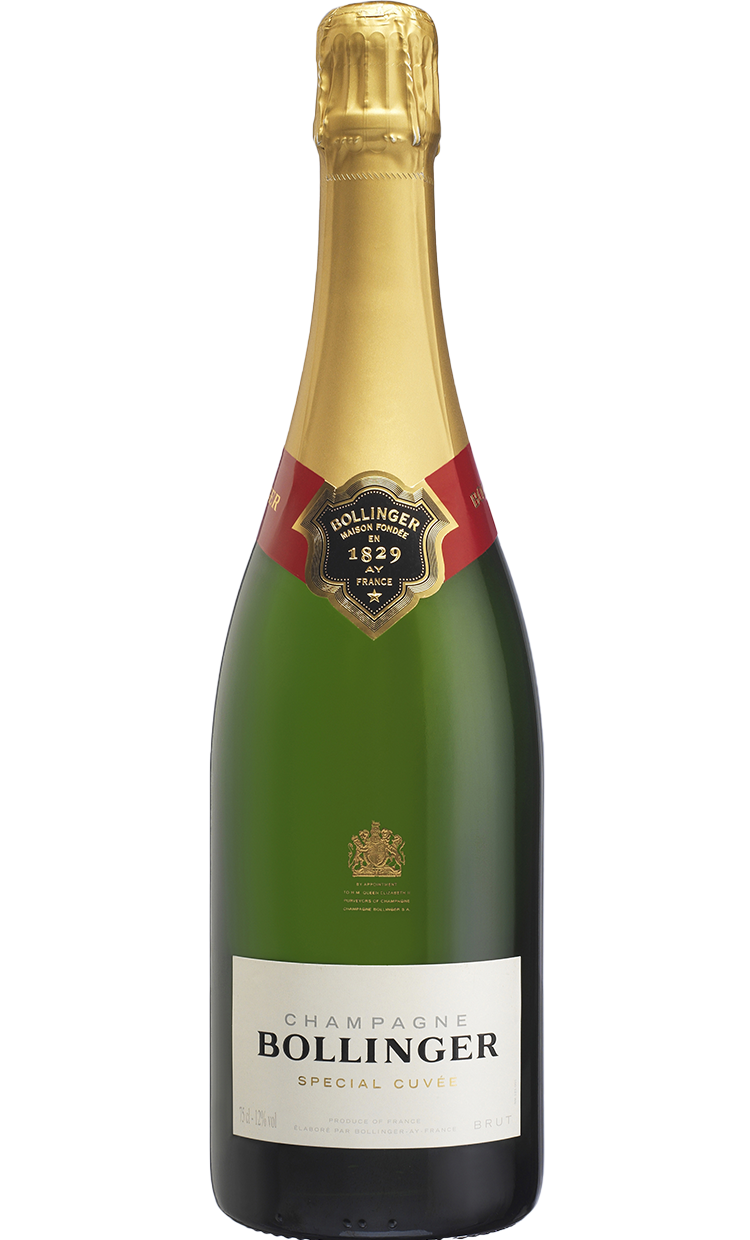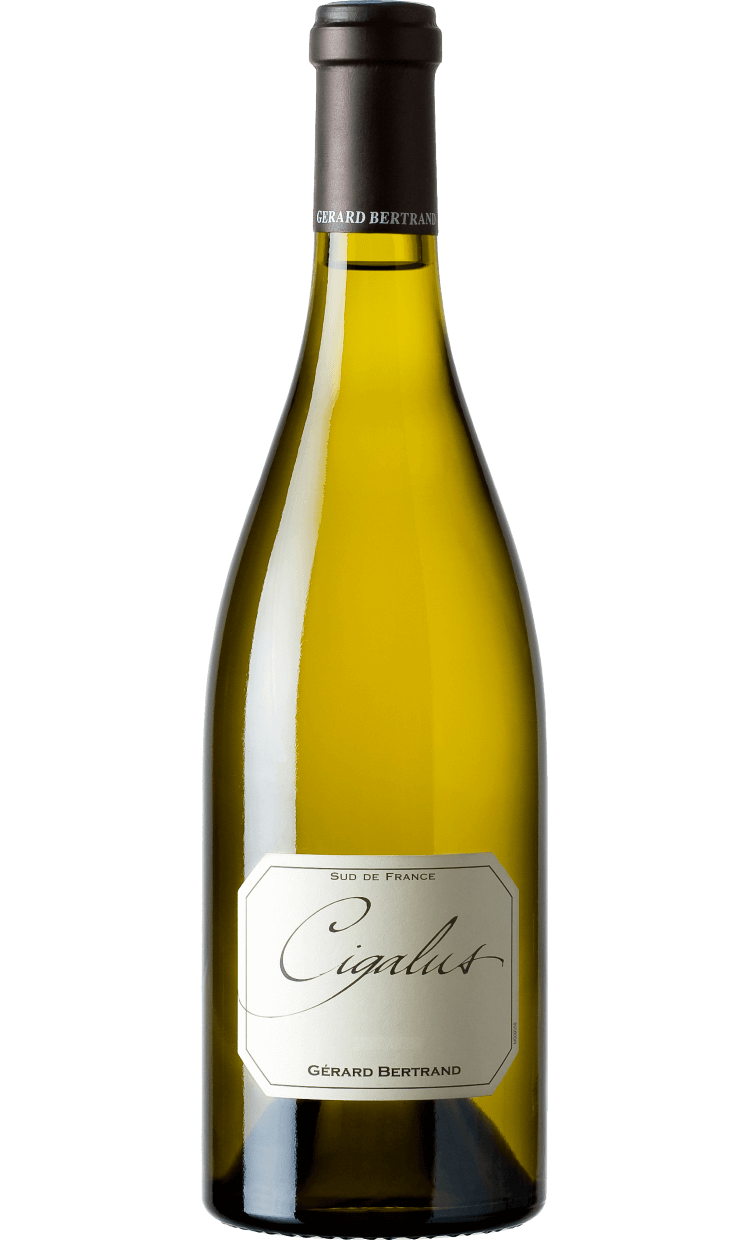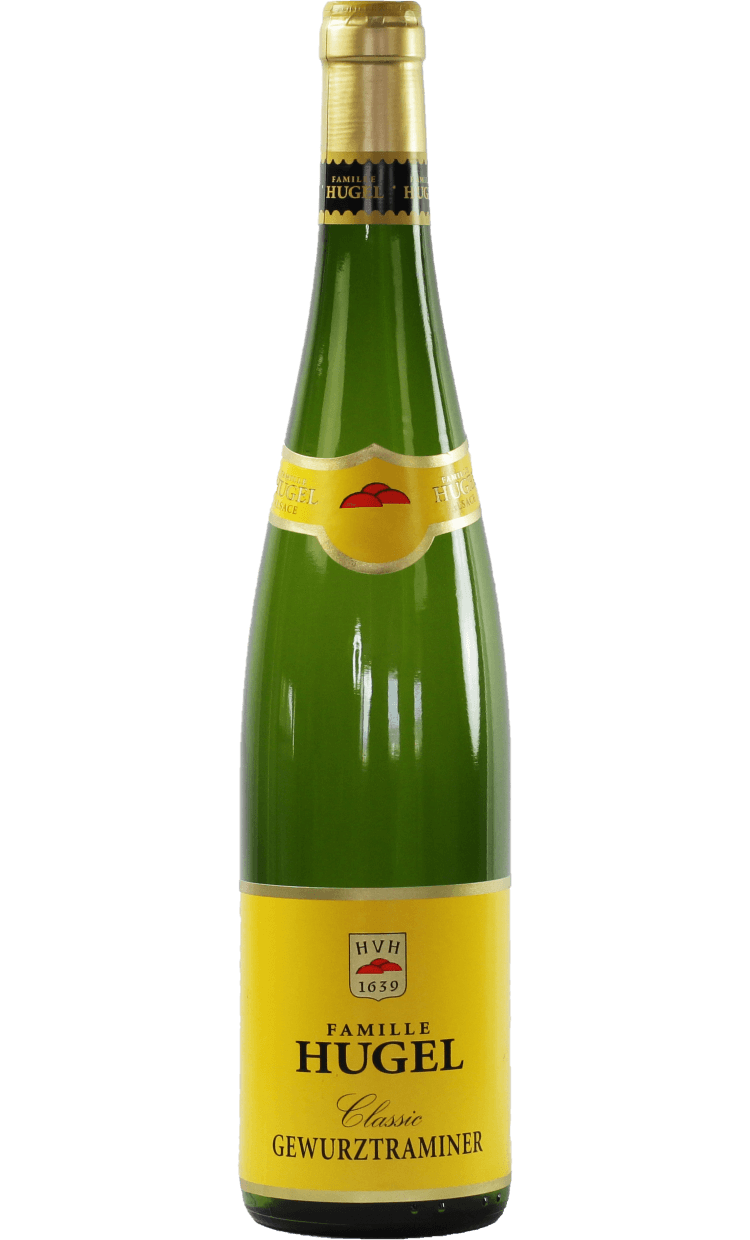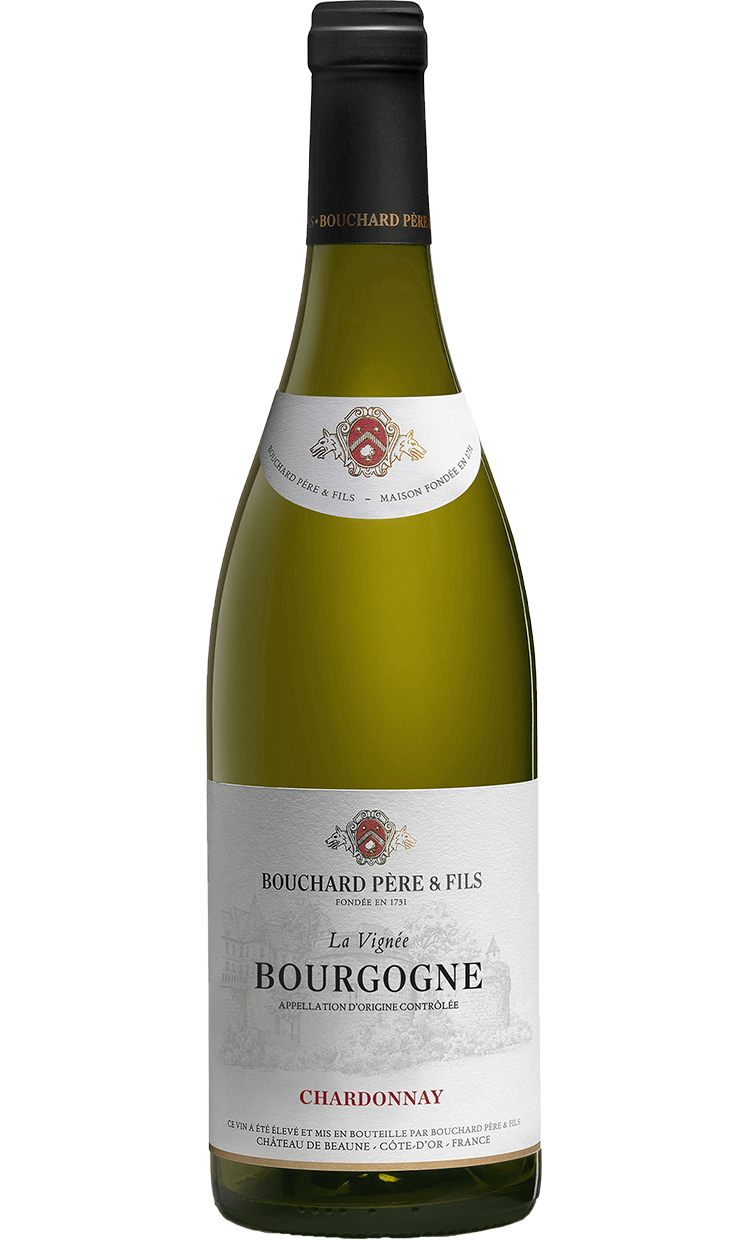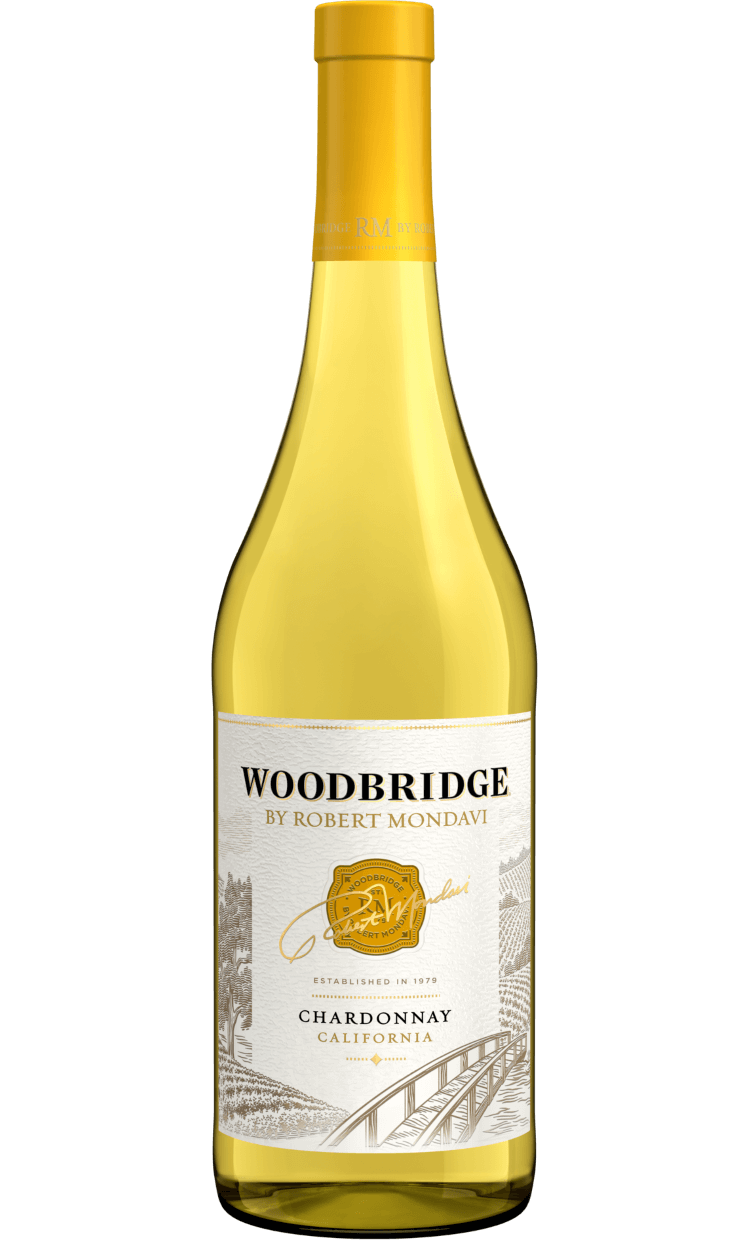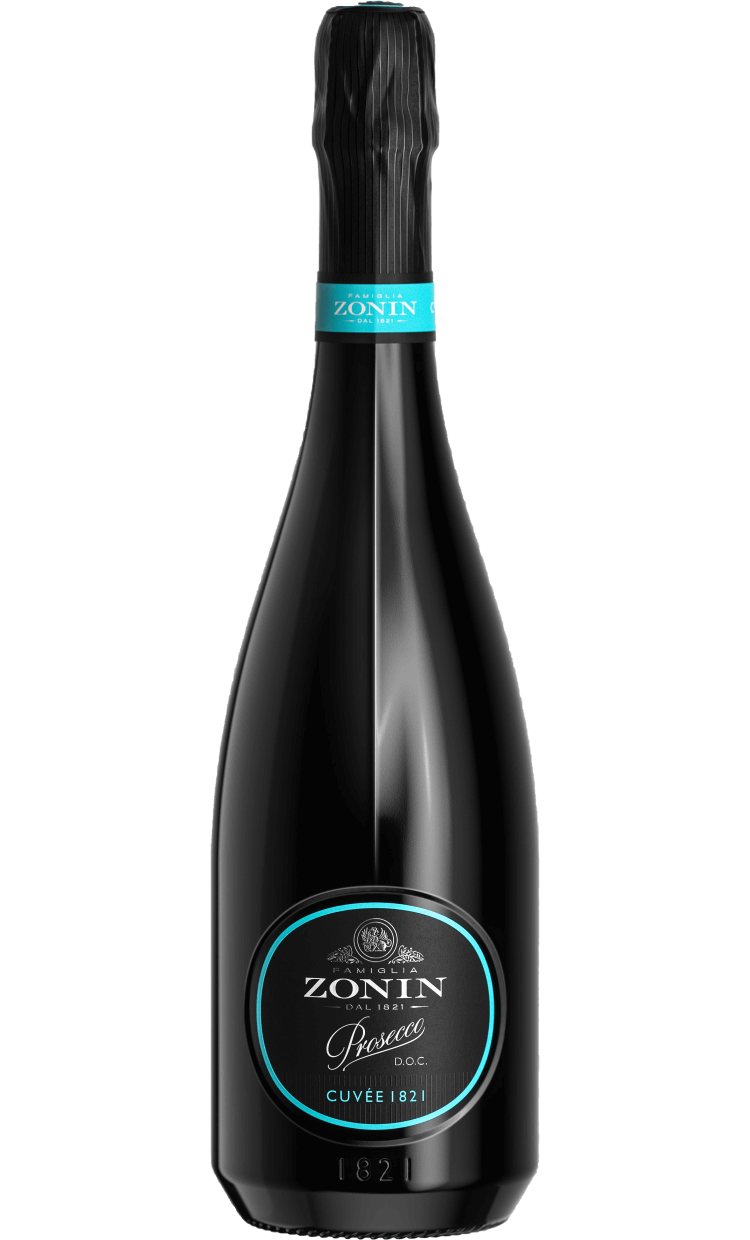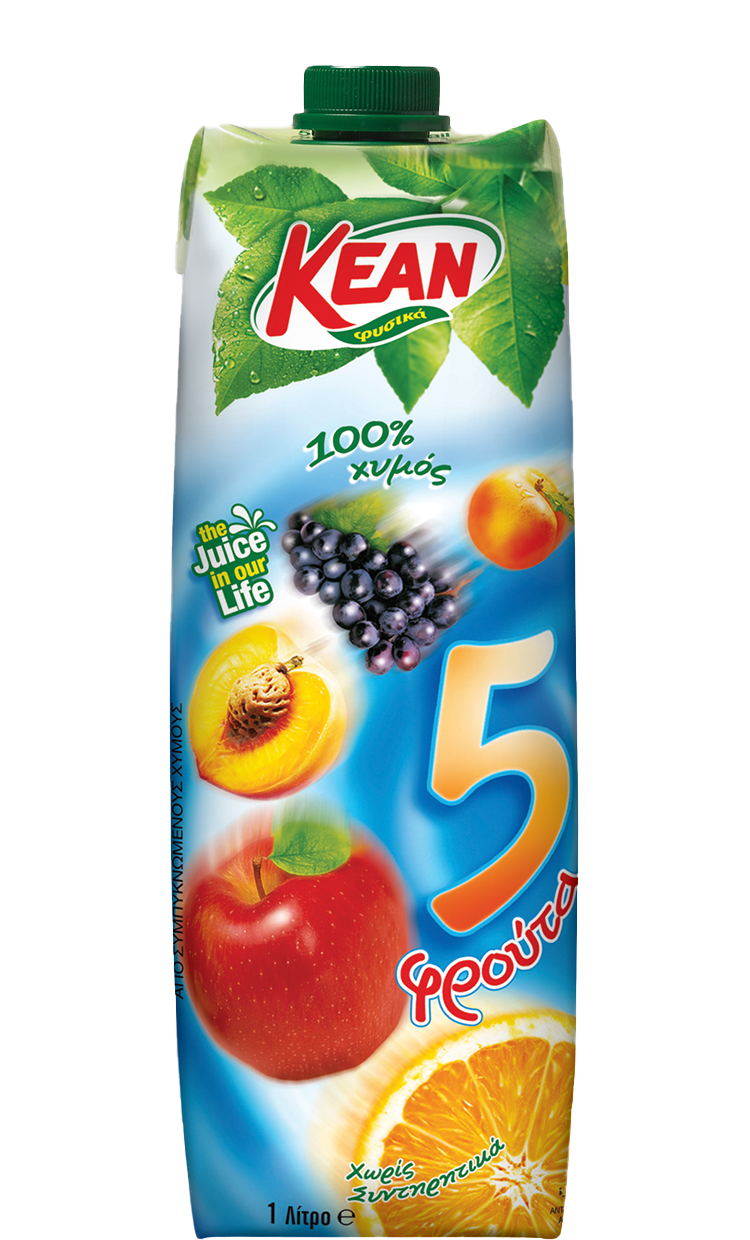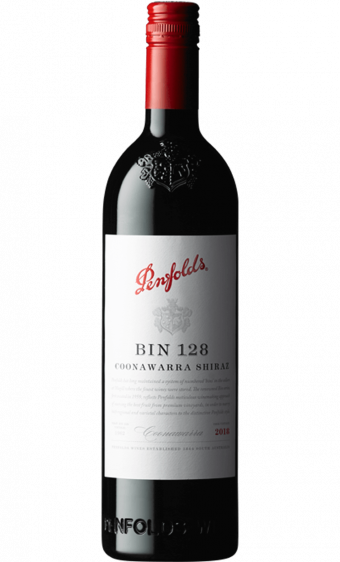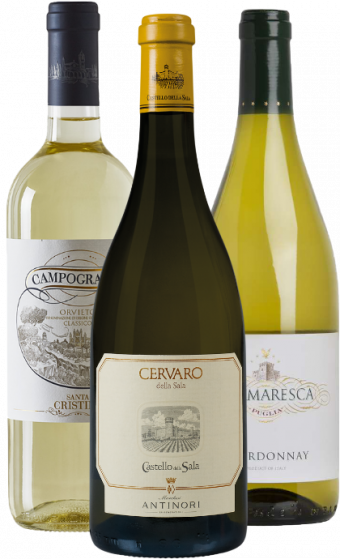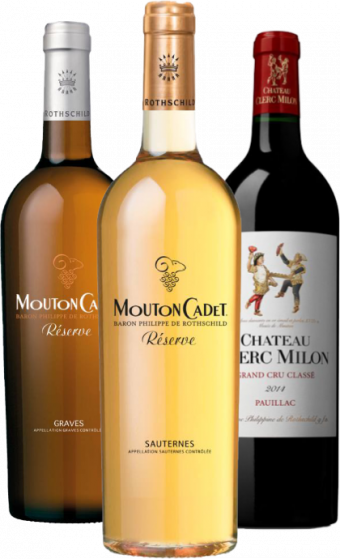

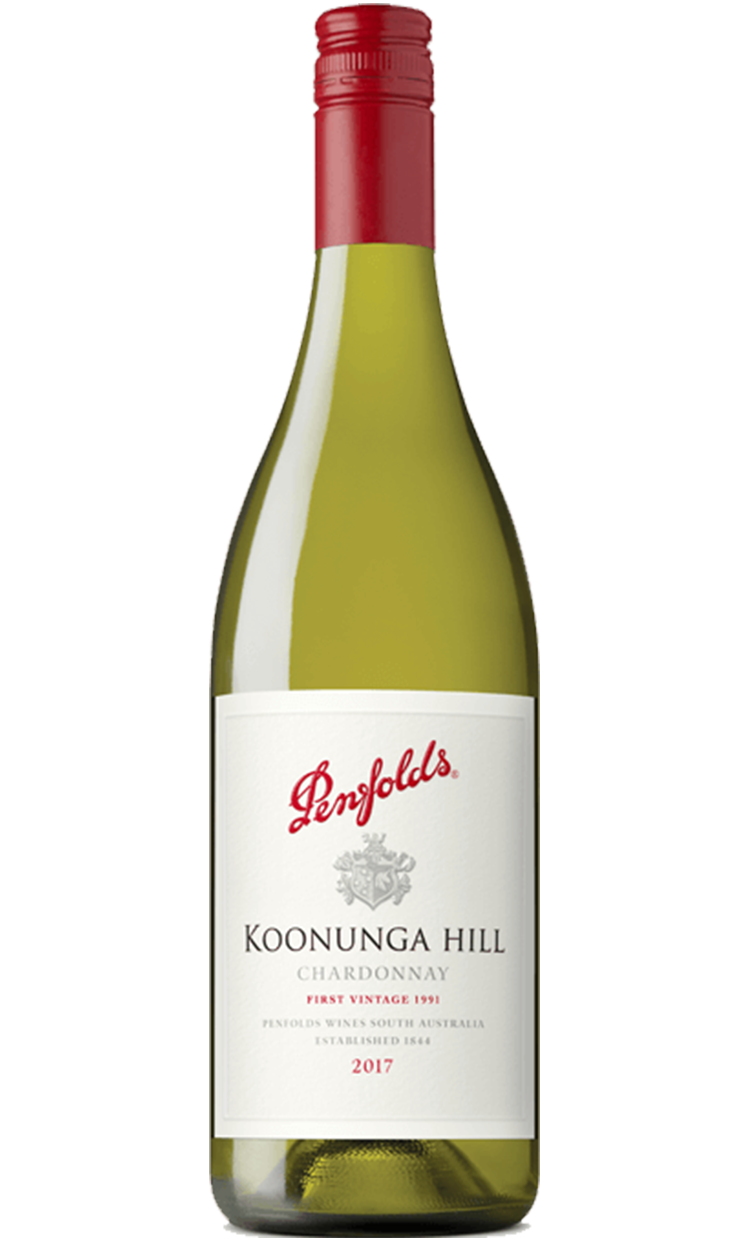

Penfolds appellation comes from an English man, Dr. Christopher Rawson Penfold, who immigrated to Australia in the 19th century. In 1844, Dr. Penfold and his wife, Mary, built a small stone cottage in Magill, near Adelaide, and planted their vine cuttings they had carried on their voyage...This cottage was called ... The Grange.
As the company grew, so too did Dr.Penfold's medical reputation, leaving much of the running of the winery to Mary. Early forays into Clarets and Rieslings, proved increasingly popular. In 1870, after Christopher's death, the assertive and audacious Mary, assumed total responsibility of the winery. In 1884 when she retired, ceding management to her daughter, Georgina, Penfolds was producing 1/3 of all South Australia's wine. By Mary's death in 1896, the Penfolds legacy was on its way to fruition and by 1907 had become South Australia's largest winery.
In 1948 Max Schubert became the first Chief Winemaker of the winery. Loyal to the vision of the company and true innovator, he brought Penfolds to the global stage with his experimentation of long-lasting wines. The milestone was the creation of Penfolds Grange in 1950. The wine, at first, was not accepted by Penfold Hylands, but Max Schubert secretly continued his efforts until 1960, where the restart of its production was decided. Soon, the Grange became one of the most revered wines around the world.
During the same period, the tradition of the "bin wines" began. The first, a Shiraz wine, with the grapes of the winery own Barossa Valley vineyards, was named Kalimna Bin 28. It was simply named after the storage area of the cellars where it was aged.
The name Rawson’s Retreat, is an unofficial reference to the stone cottage that was built by Dr. Christopher Rawson Penfold, in the famous Magil vineyard. They are everyday wines that offer an excellent value for money ratio.
Penfolds estate, despite the great success, never stops to surprise us with innovative ideas, continuing to hold dear the philosophies and legends. The people of the estate use to say "form 1844 to..evermore!"

It’s an excellent value for money wine that is globally noted. Its colour is lemon yellow and the nose presents a remarkable balance between aromas of exotic fruit and of the barrel. The mouth is thick and at the same time with a refreshing acidity and aromatic intensity.
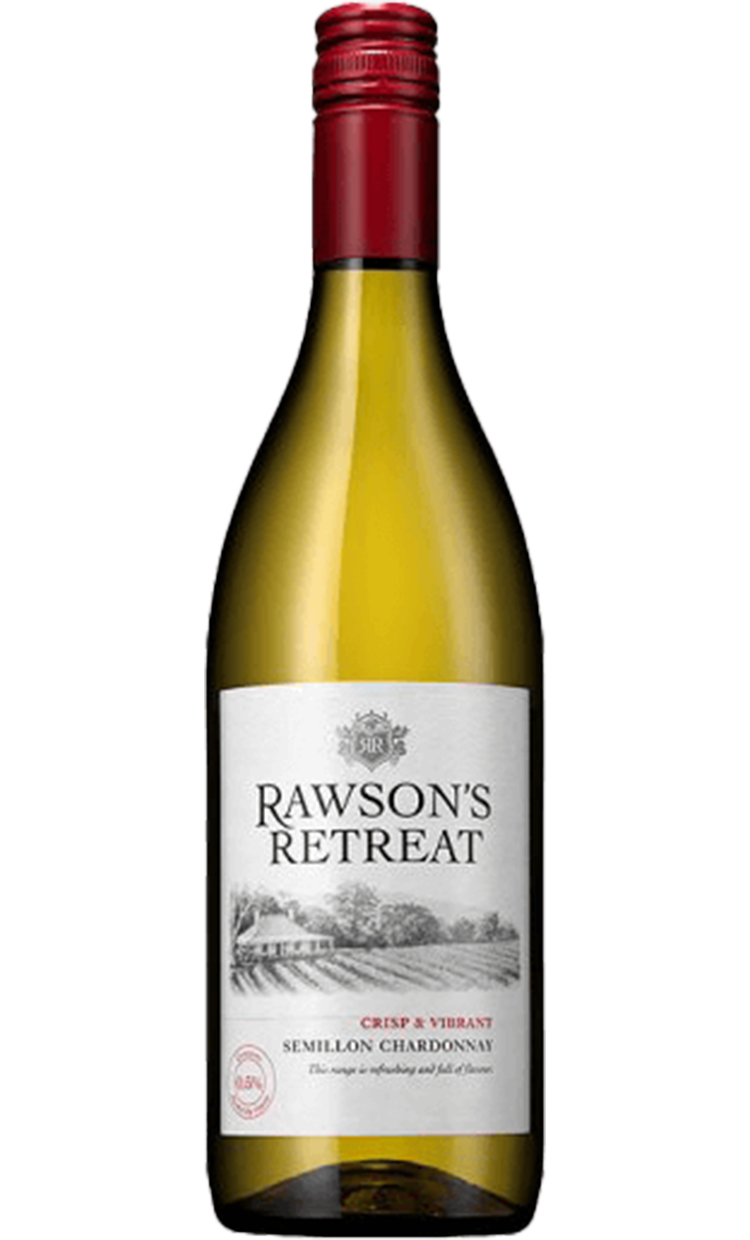
The wine presents a pale-yellow color with honey hints. To the nose we detect aromas of fresh tropical fruits and melon with pineapple and cream notes. Generous mouth with roach peach and nectarine aromas with a gentle lemon aftertaste.
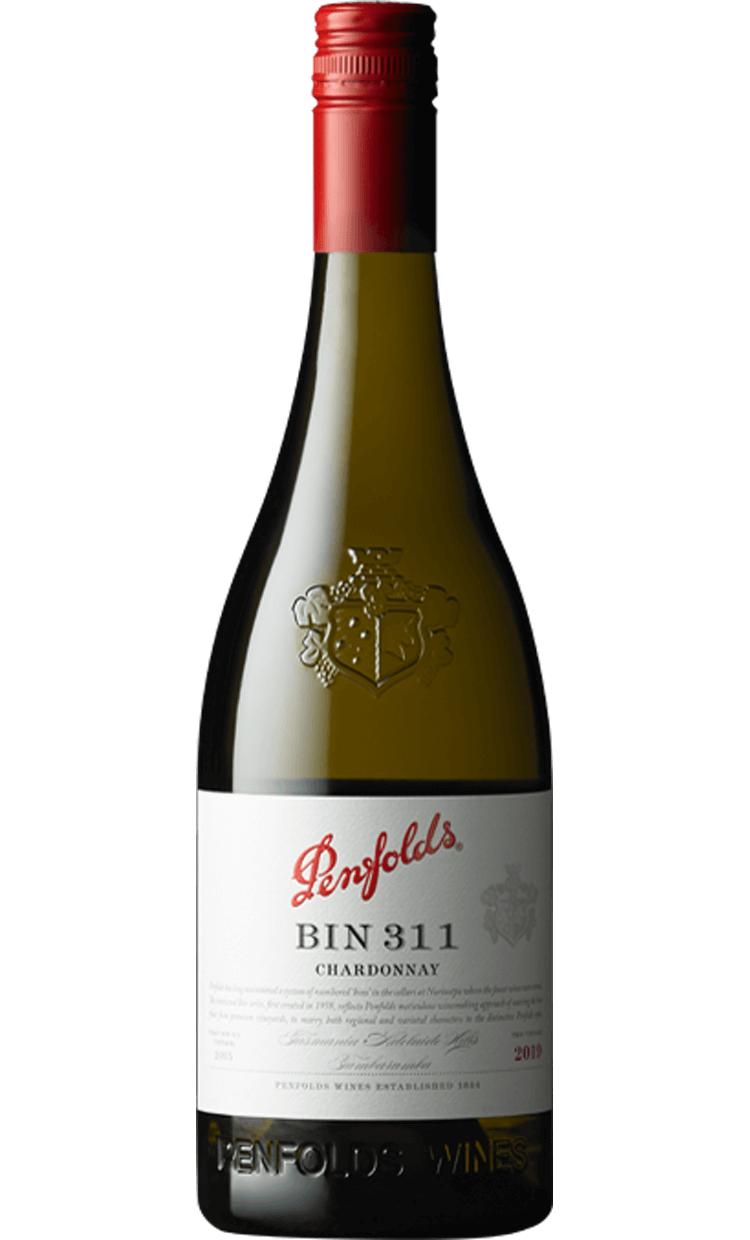
The wine presents a mineral character, with intense citrus fruits note, harmonically complemented by aromas from the barrel. A very soft filtration has as a result a wonderful finish where the elegant aromas of grapefruit and lime remain..
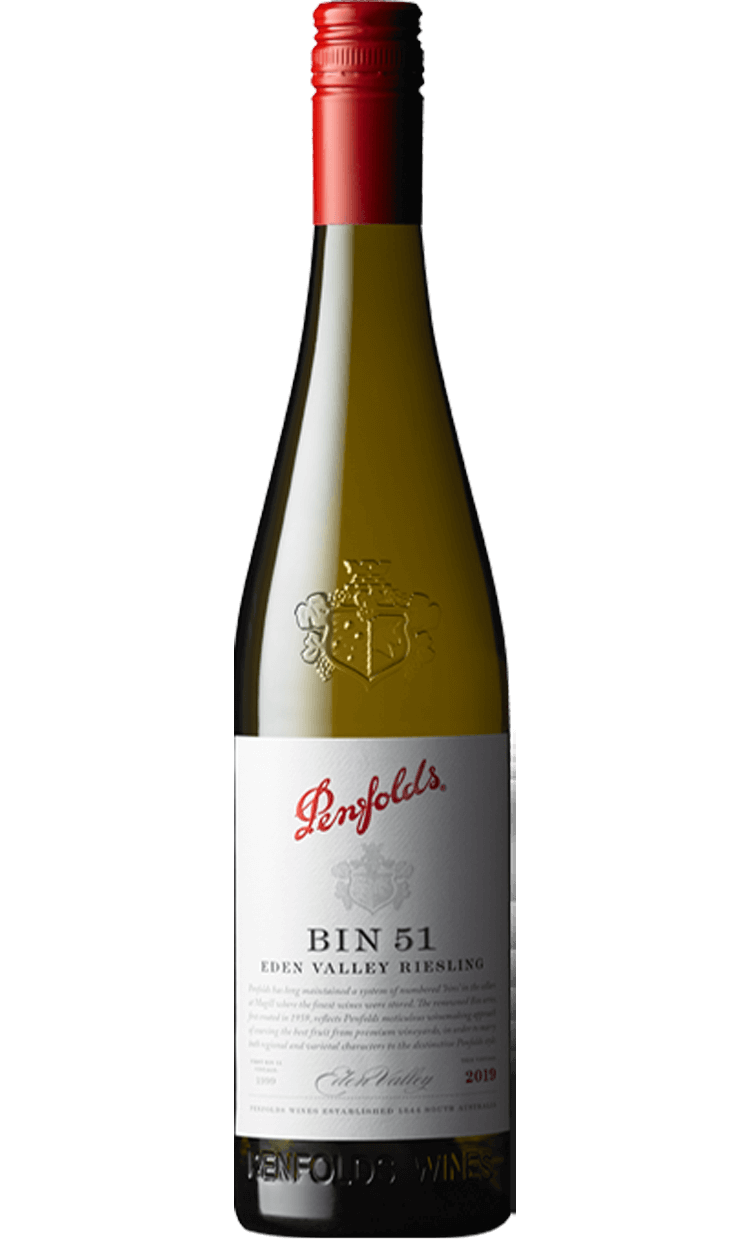
The revolution of Penfolds Bin 51 Eden Valley Riesling, opens a new chapter of Penfolds' history regarding its contribution in the vinification of this variety. Undoubtedly, it is a wine that brings out all of those characteristics expected by a Riesling. Aromas of spring flowers, notes of lime and minerality compose the bouquet. To the palate we deduce notes of citrus fruits, green apple, as well as, hints of chalk that does not affect its perfect balance.
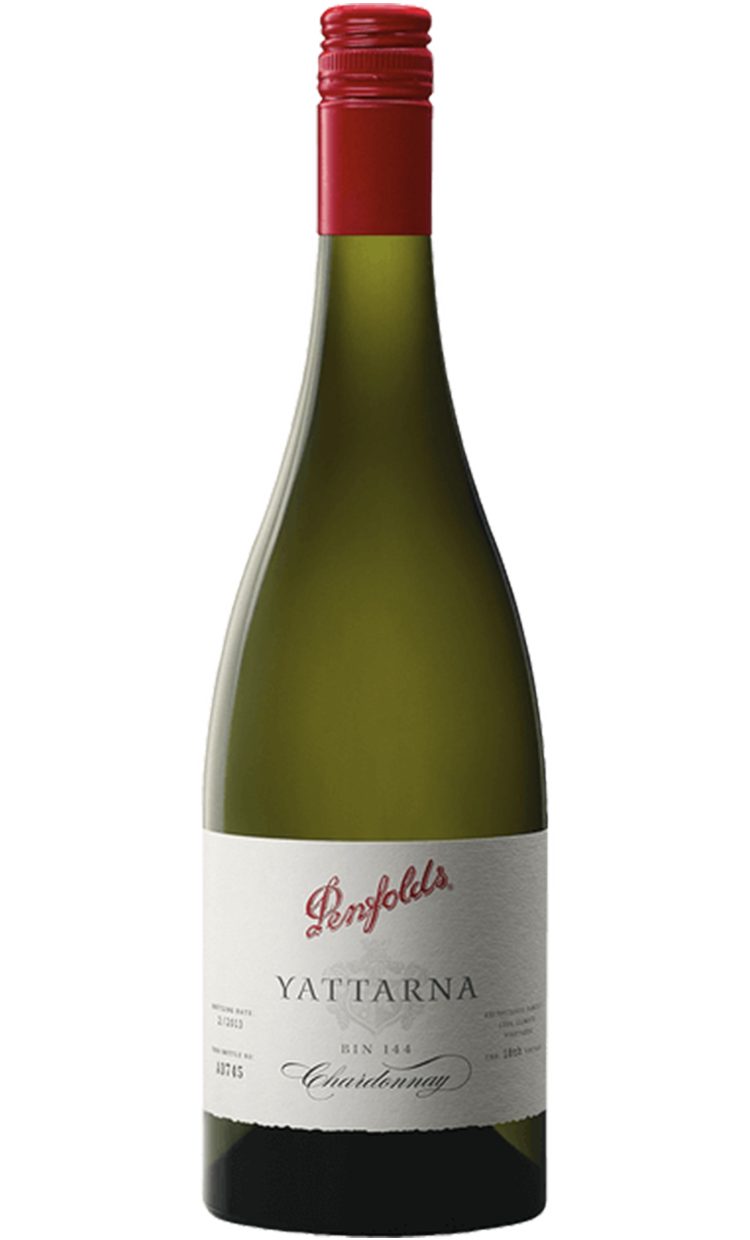
Soft golden colour with lemonish hints. Evolving nose of medium intensity, characterized by aromas of citrus fruits, tropical fruits and minerality. Dry mouth with high acidity, medium body and long-lasting aftertaste
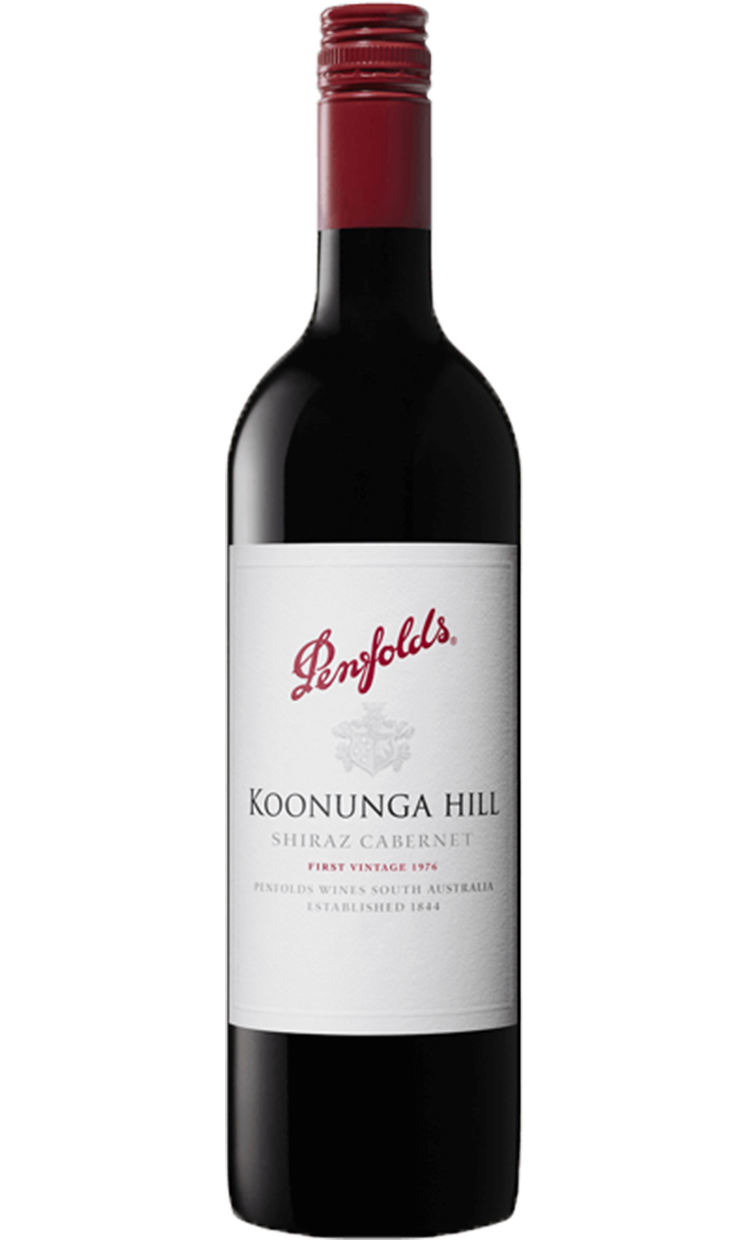
Ruby color with an aromatic character of red fruits like cherry, berries, blueberries and plum. It is also characterized by its herbal character with dominant aromas of mint in combination with a pink paper and chocolate notes aftertaste. The mouth is pleasant and structured with distinct acidity
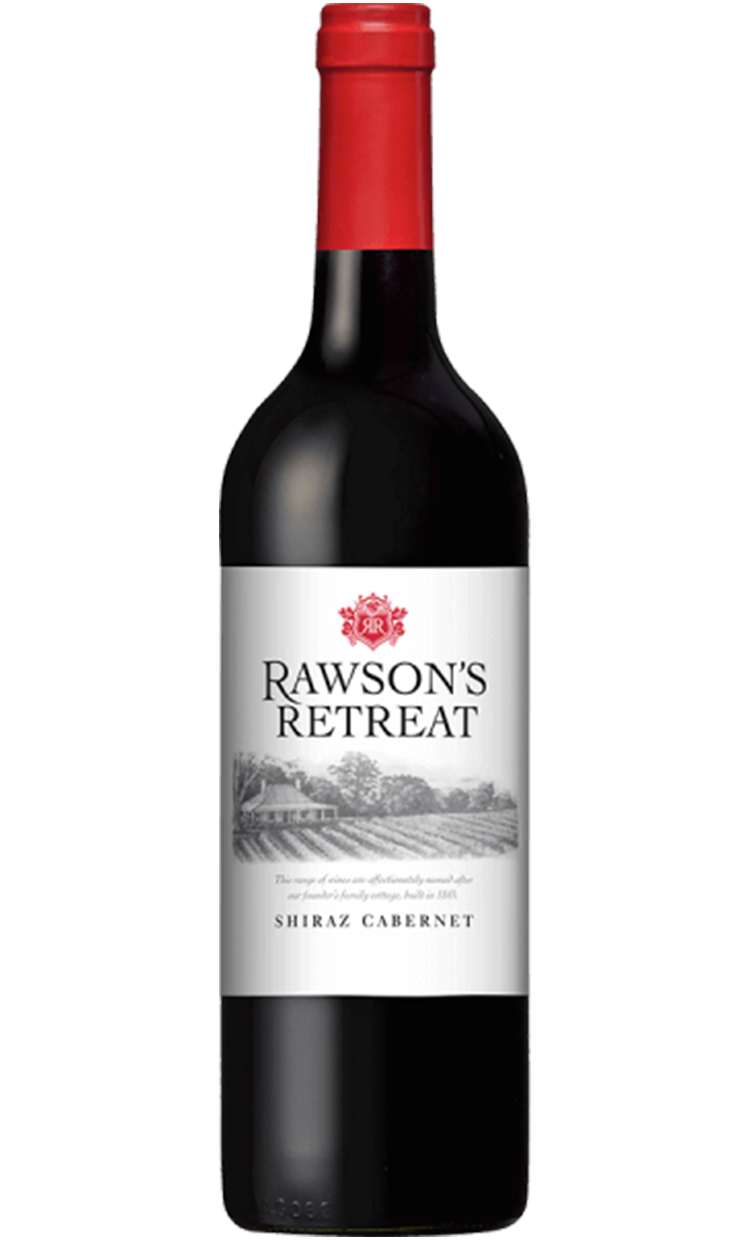
The wine has a deep red colour. To the nose we detect aromas of currant, pudding, typical aromas of Cabernet Sauvignon and spices. To the mouth is aromatic with fresh aromas of strawberry, blackberry and berry with medium, soft and round body, excellent balance and elegant tannins.
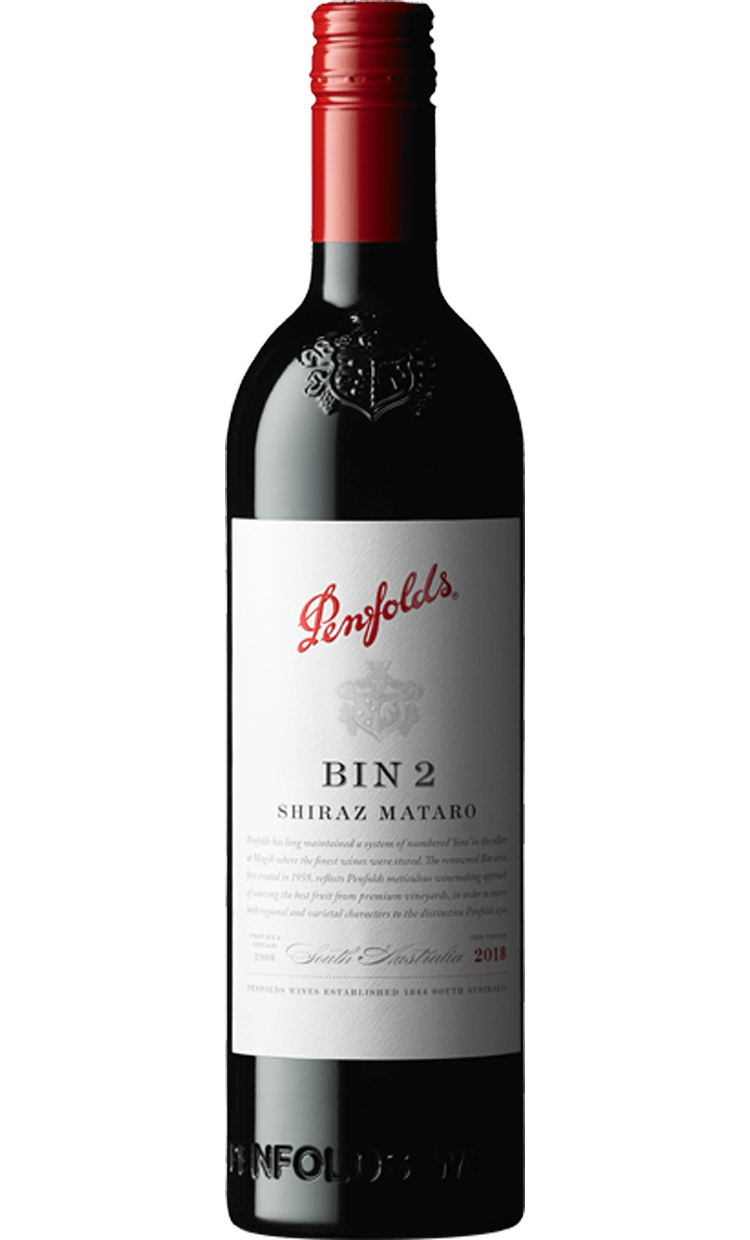
Bin 2 was first released in1960, but its production stopped in 1970, due to the large demand for white wine. The blend used for its production, refers to Rhone varieties. It is a pleasant and gentle wine with mature, structured tannins and medium body. The colour is deep red and the aromatic bouquet wonderfully complex. Mediterranean notes of savoury ratatouille, sundried tomatoes, olive tapenade and Moroccan spices are beautifully combined with aromas of blueberries, exotic red fruits, cranberry and fresh pomegranate. A splendid and composite amalgam of green olive and pepperoni with a hint of liquorice, conclude the generous palate of this wine.
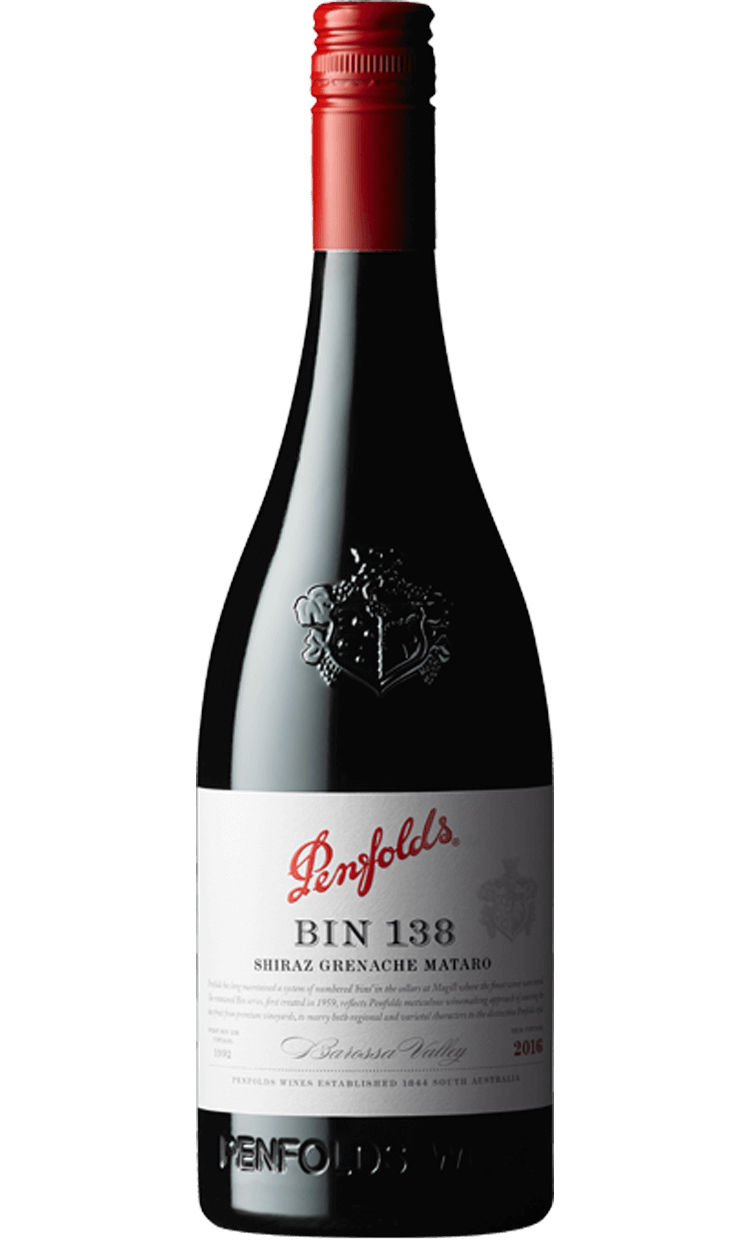
Bin 138 is produced in Barossa valley from old vineyards of low yields. It is a wine of excellent complexity and structure. Intense aromatic wealth from black fruits like blueberry and black plum with strong notes of red gooseberry's marmalade, dried fig, licorice, chocolate and smoke. Dry mouth with full body and balanced medium acidity. A pleasantly complex wine, with velvety tannins and long-lasting aftertaste that concludes to heavier smoky aromas.
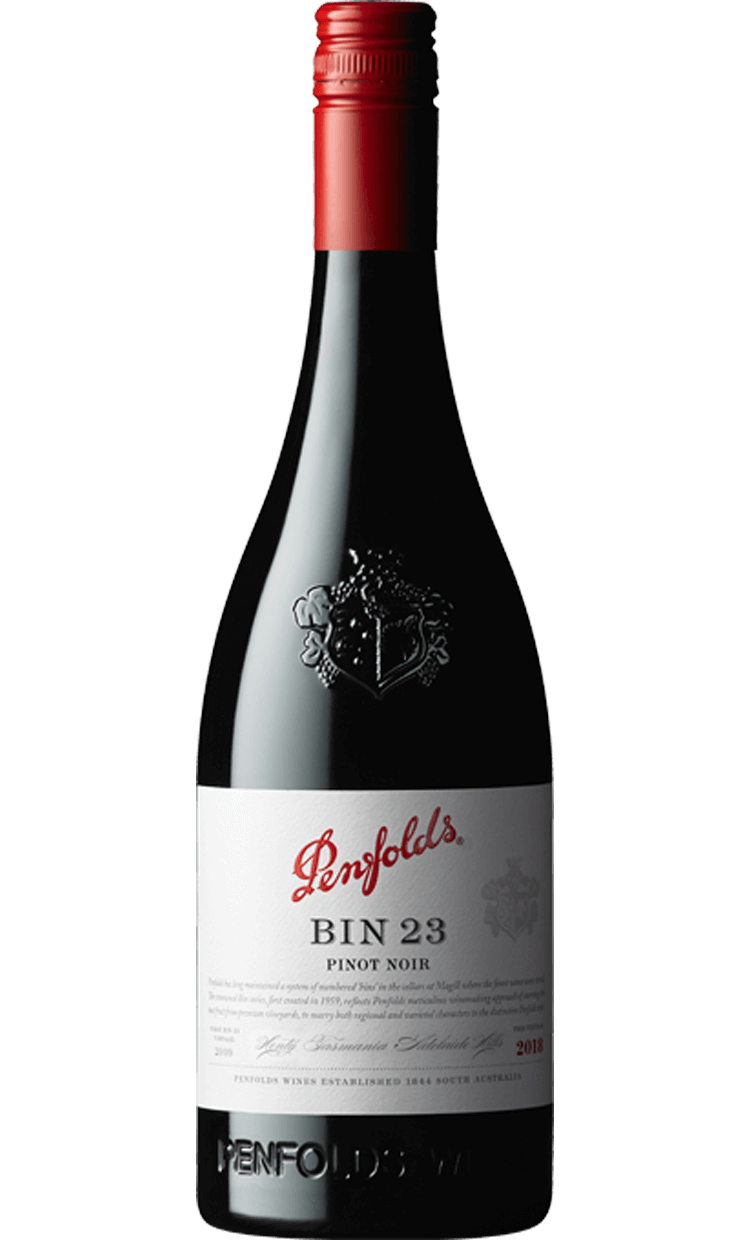
Bright red colour with rose hues. In the bouquet aromas of truffle and red berry are unleashed, and beautifully combined with notes of wild thyme' blossoms and spices like cinnamon, mace and sweet paprika. The palate is rich in fruity flavours as cranberry, wild strawberry, red berry and sour cherry.
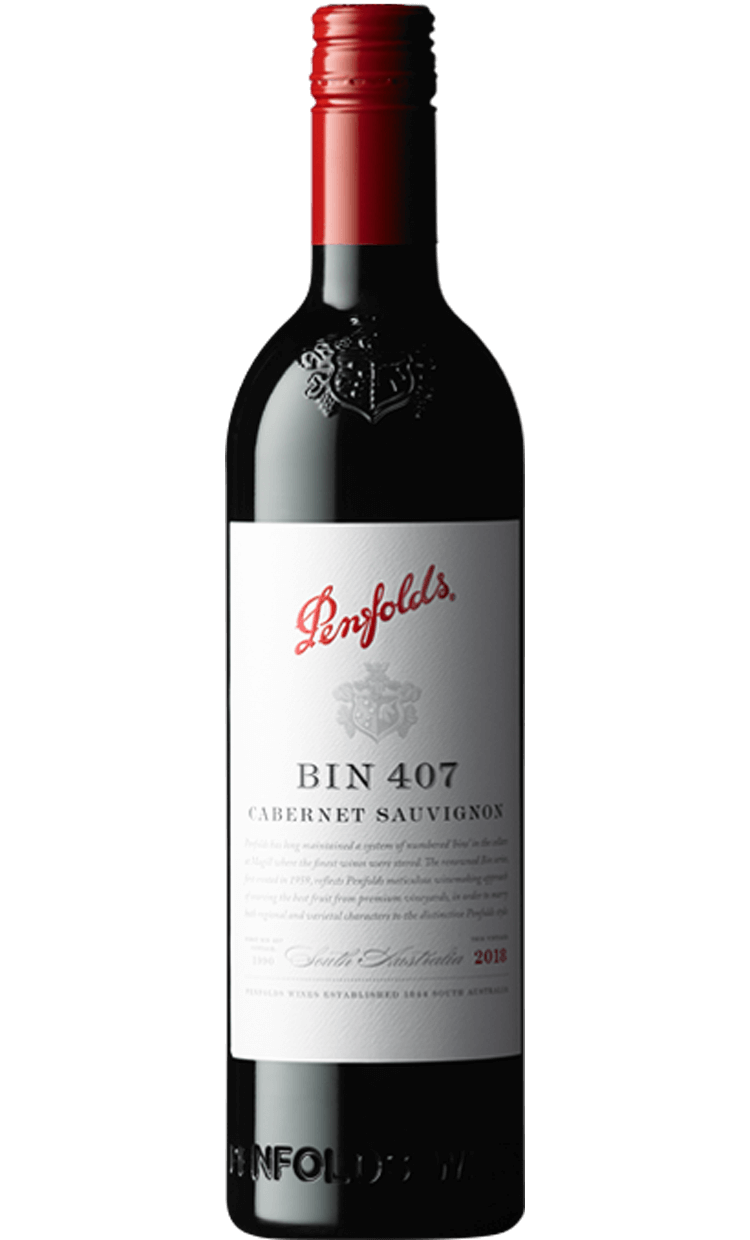
Its colour is deep red and the nose presents intense aromas of spices and mature red fruits. Mature and gentle tannins to the palate, rich body with sweet black berries and chocolate aromas.
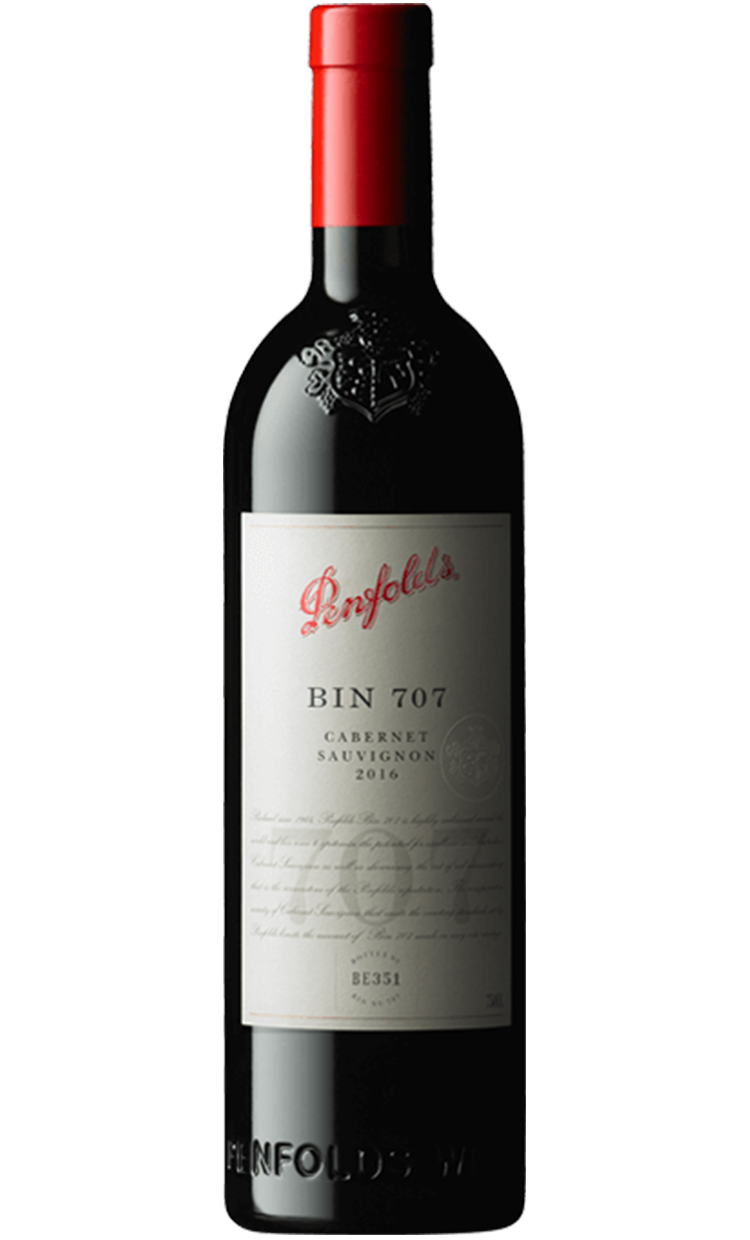
BIN 707 was produced for the first time in 1964 and since then it is considered to be as one of the leading Cabernet Sauvignon wines of Australia. Its name was given by an ex-marketer of Qantas Airways, who had in his mind the Boeing 707! The wine did credit to him, since its huge quality volume has travelled across the whole world. The process of vinification and ageing is exactly the same as for the Grange, aiming at the consistency, richness and harmony of the wine.
Its colour is deep red. The nose is presented with elegant aromas of ripe black fruits, violet and spices from the barrel. A rich body, dense mature tannins, great concertation and mature black fruits to the aftertaste. It is produced only when the vintage is appropriate.
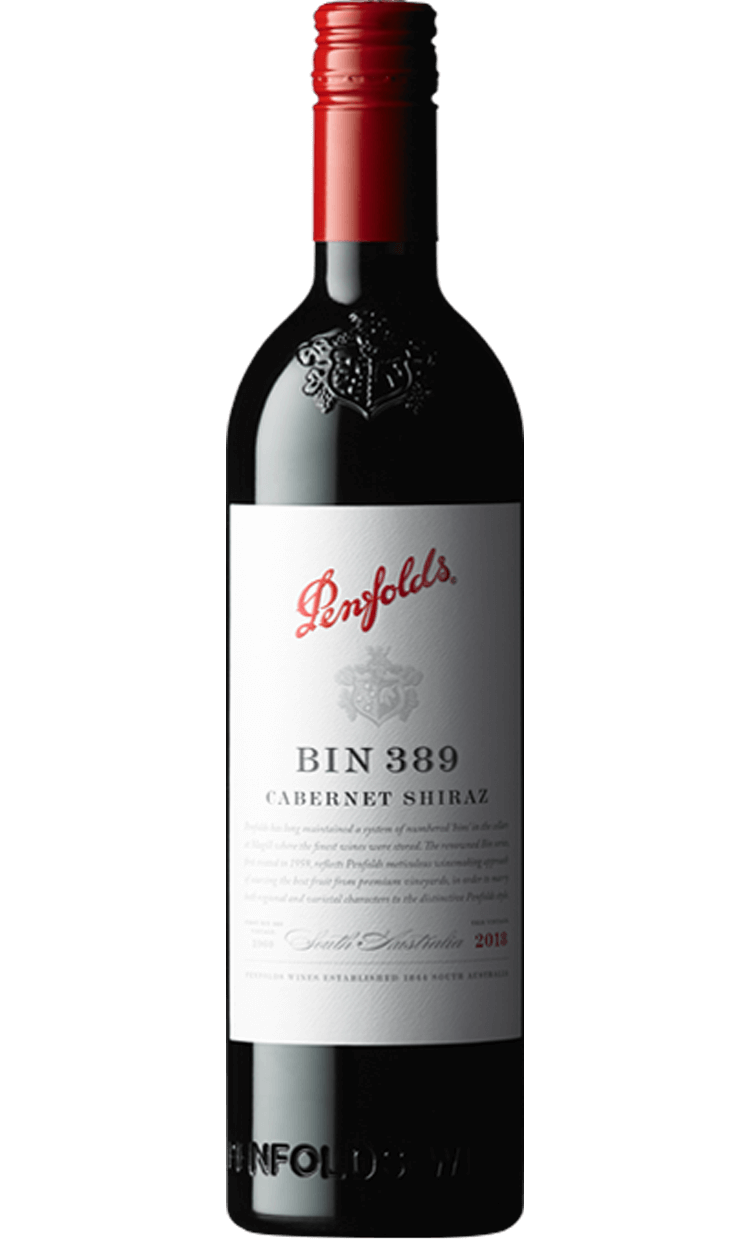
BIN 389 is often quoted as “Baby Grange”, because a part of it matures in the same barrels that accommodated last year's Grange' vintage. It was bottled for the first time in 1960, by legendary Max Schubert and shaped the reputation of Penfolds amongst the red wine lovers, combining the structure of Cabernet Sauvignon with the richness of Shirah. Cabernet Sauvignon sets the frame and length to the palate, while Shiraz, that is likened with little black pearls, gives the tension, opulence and flesh. This favorable, wonderfully equable style, presented in all of its characteristics, renders it as the most integral wine of Penfolds.
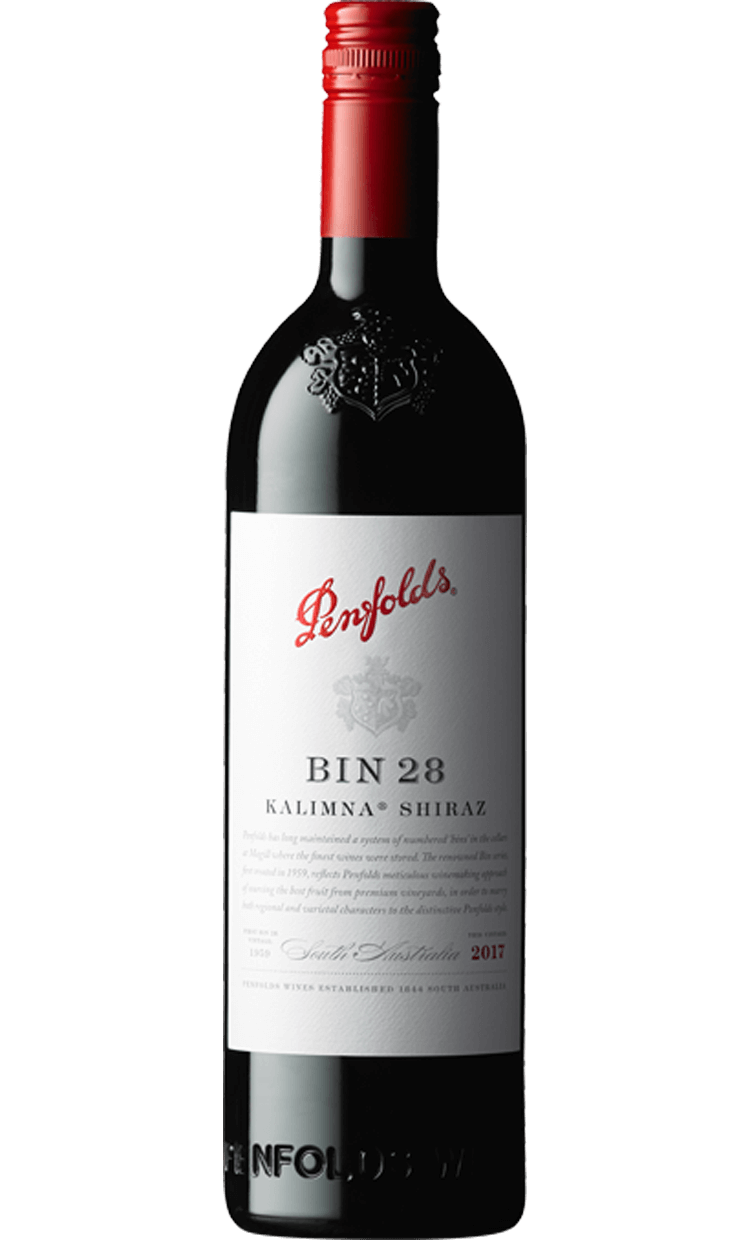
The wine has a dark red colour and the nose presents intense aromas of berries, plums and liquorice. Rich body, mature tannins and strong flavours of overripe fruits of the forest and chocolate.
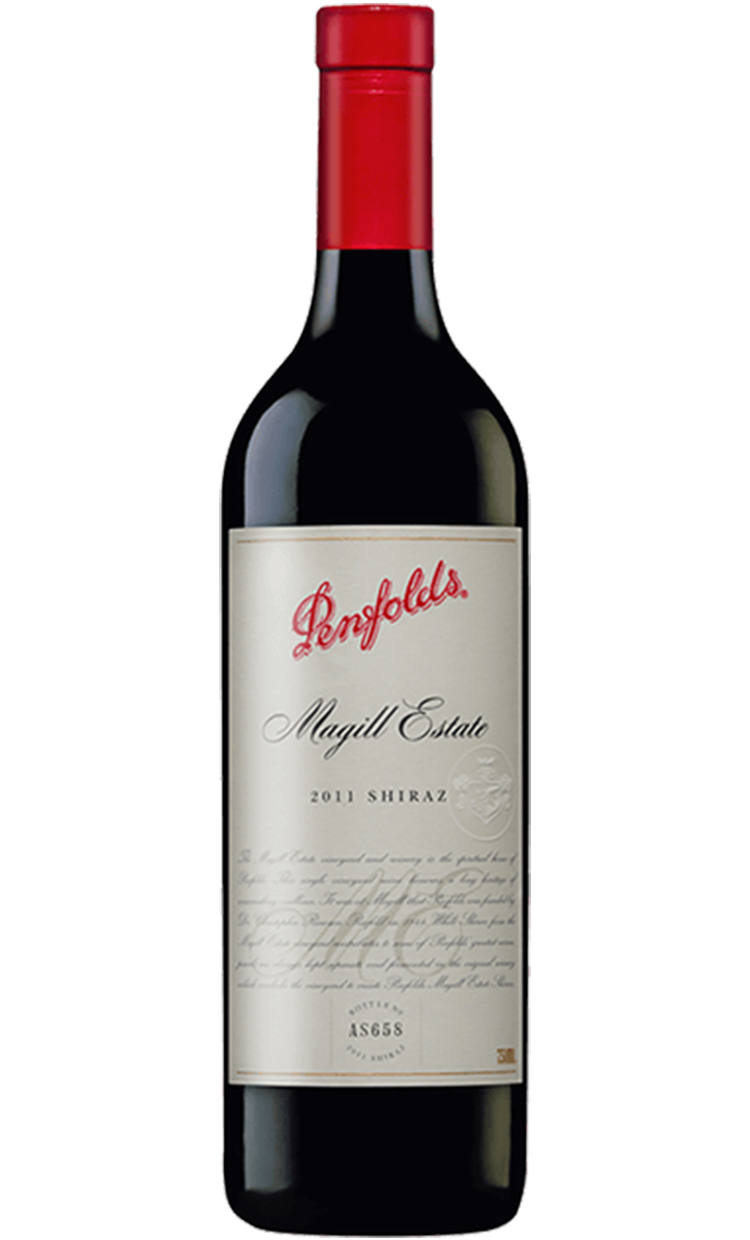
Magill is the only estate wine of Penfolds. It is intrinsically sourced from the traditionally original Magill vineyard of Penforlds, an 120 acres area, sited on the edge of Adelaide's eastern suburbs. Its colour is deep red, with aromas that remind fresh cherry, plump, licorice and sweet spices from the barrels. Medium width body, mature tannins, and mature red fruit with chocolate in its long-lasting finish.
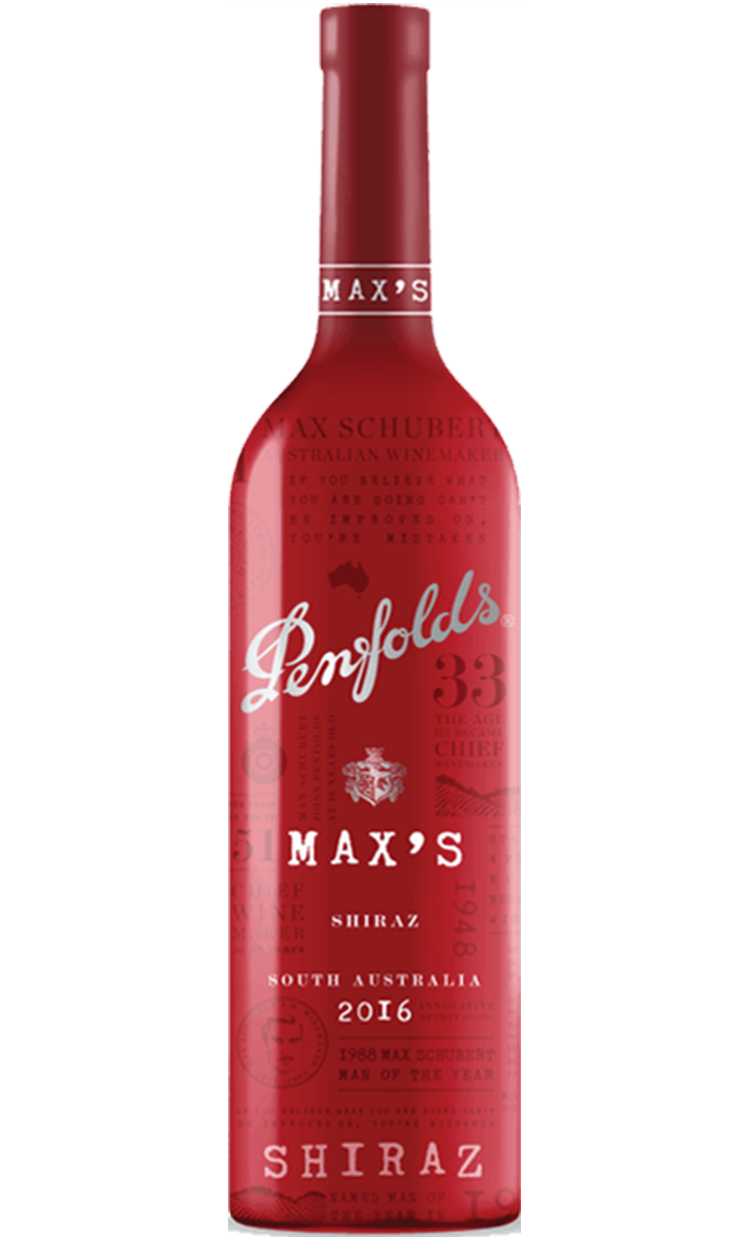
Penfolds Max’s Shiraz is a tribute to the former Chief Winemaker Max Schubert, a legend in Penfolds' history. Bright crimson red with a dark purple core. Emerging aromas of black chocolate, mature strawberry, black cherry and plum dominate the fruit spectrum.The palate follows the aromatic nose's profile. The richness of the forrest fruits and licorice are tempered by subtle savouty notes of dried thyme and sage. Εκλεπτυσμένες τανίνες διαμορφώνουν την δομή, σε αυτό το όμορφα ισορροπημένο κρασί.
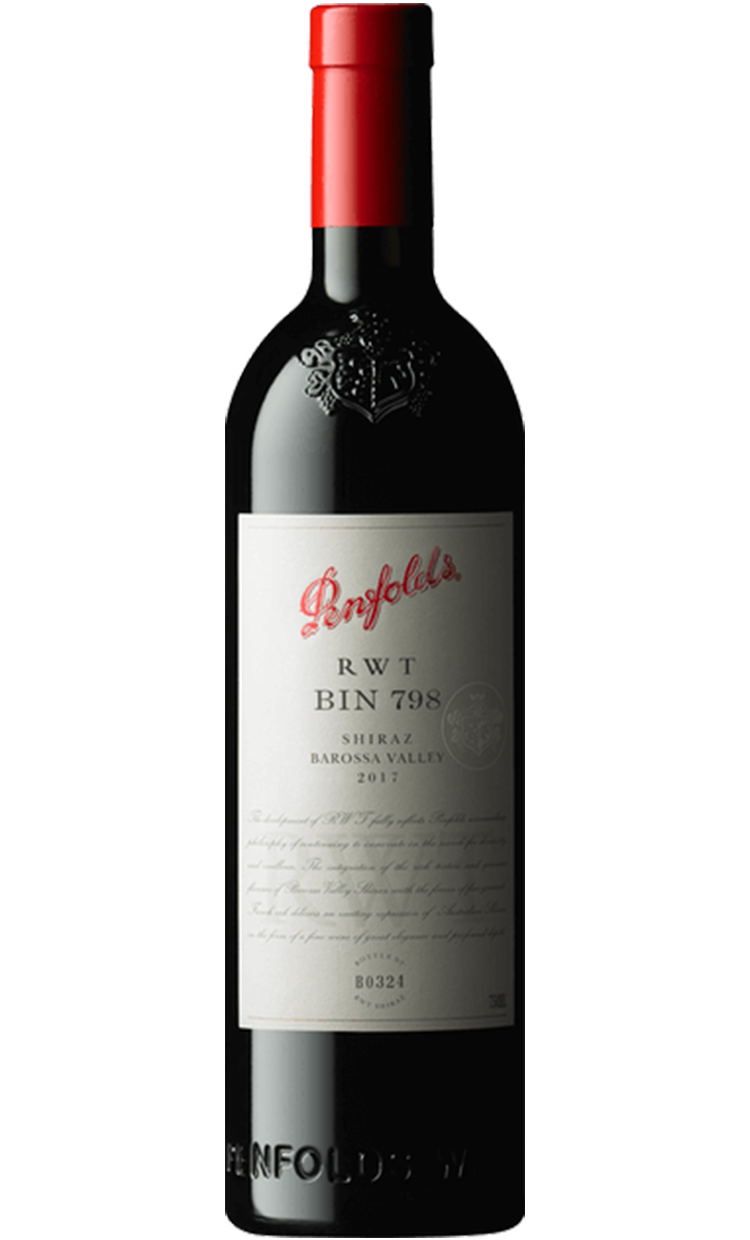
When simplicity is combined with research, we conclude to RWT. Its name comes from the initials of Red Winemaking Trial and represents the Shiraz from Barossa, one of the best areas for red wine production in the world. The color is gentle red. Intense aromas of berries, plums and spices are presented. Rich body, mature tannins and a generous aftertaste full of mature black fruits and chocolate notes.

The colour is dark red and the nose is characterized by intense aromas of mature fruits of the forest with presence of the barrel. The mouth has mature tannins, rich body and long-lasting fruity aftertaste highlighted by the tannins.
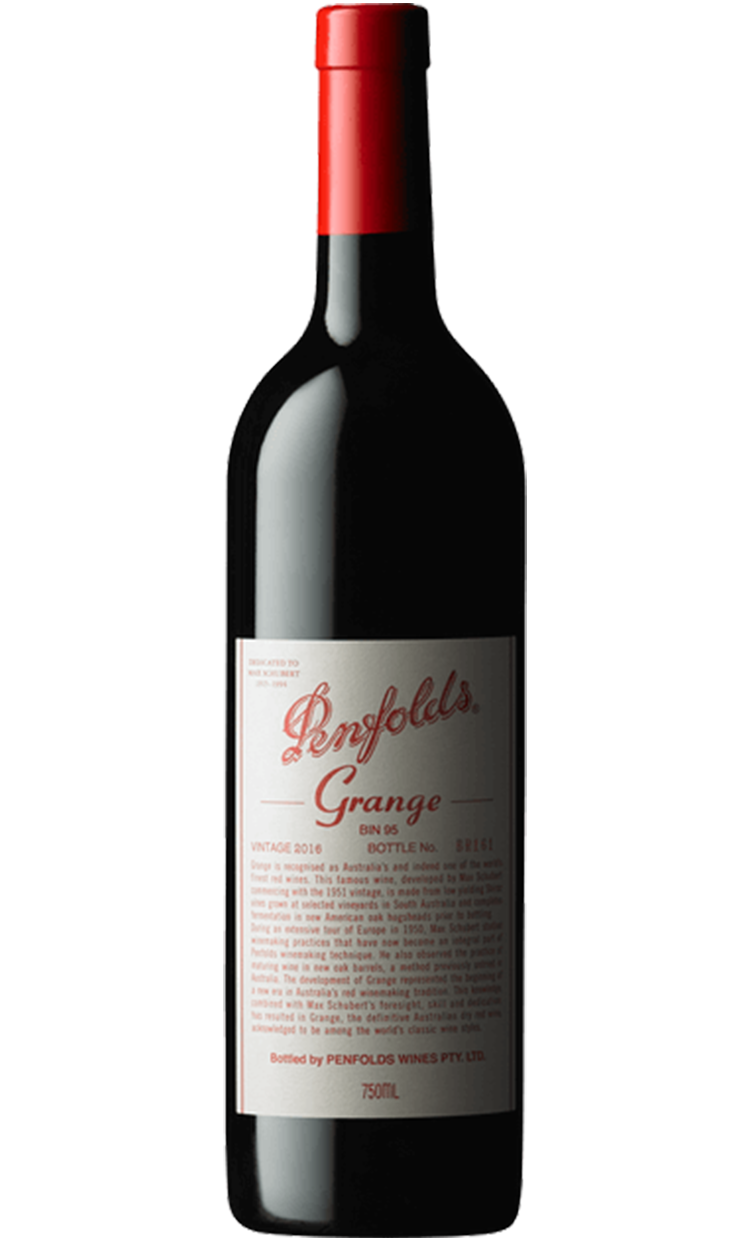
The Grange is a myth for Australian wine. It is the only wine that can present 50 excellent harvests and one of the best red wines in the world. In contradiction with the most premium wines that are sourced from a single vineyard or even small blocs of a vineyard, Grange is produced from the best grapes of different vineyards in South Australia. This means that exact composition varies from year to year. The advantage of this practice is that every year the best grapes are selected from the best - for the vintage- vineyards (Barossa Valley, McLaren Vale, Clare Valley, Magill Estate).
Its colour is deep red with compound aromas of mature black fruits, star anise, pulp marmalade and strong spices. The mouth is voluptuous with rich body and mature, dense tannins. Aromas of mature black fruits, chocolate and spices dominate the long-lasting aftertaste.

